“On the current crisis facing mankind, COVID-19, TECHNOLOGY AND SOCIAL MEDIA”
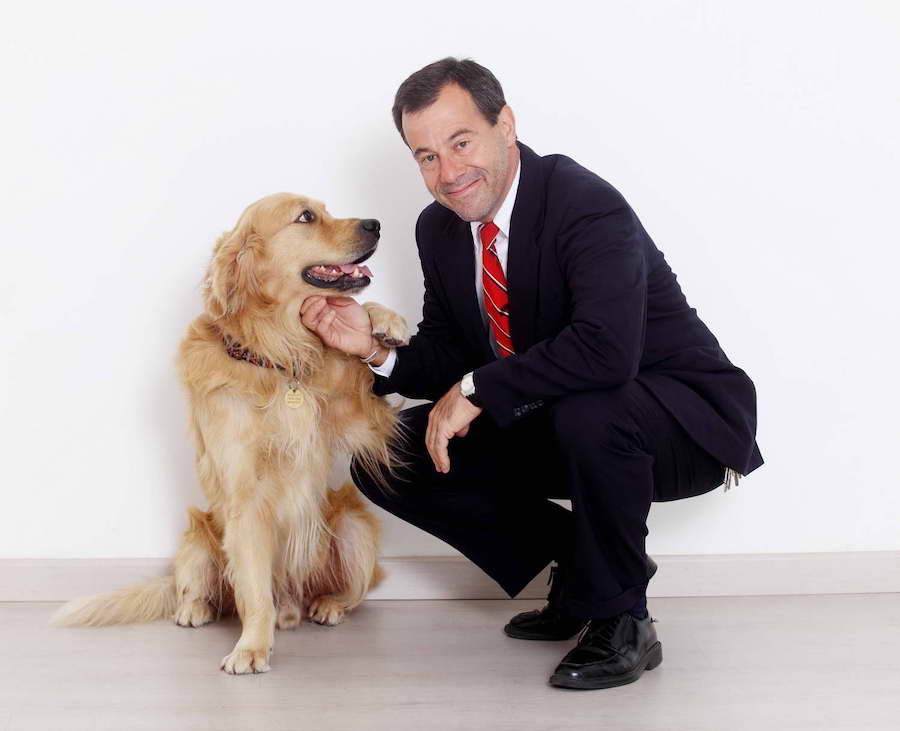
Martin Jan Stránský, Director, Polyclinic at Národní, Publisher of Přítomnost
What happens if you interview a leading neurologist and neuroscientist and a writer and publisher at the same time? Will you get a medical perspective, a journalistic one, or a combination of philosophy, ethics, and sociology? Find out yourself. In the case of Martin Jan Stránský, his dual identities are inseparable and mutually reinforcing. In a medical capacity, he is the founder and director of Polyclinic at Národní and Assistant Clinical Professor at Yale University in the US. He is also the publisher of Přítomnost and its English version The New Presence magazines, continuing the family legacy of the prestigious publishing house dating back to the Czechoslovak First Republic.
Martin Jan Stránský’s great-grandfather was a minister in the first government of Czechoslovakia in 1918 and founded the newspaper Lidové Noviny. Dr. Stránský’s grandfather and father were also involved in high-level politics until the family had to leave after the Communist takeover of 1948. Martin Jan Stránský was born in the US and returned to Czechoslovakia in 1990 to help the country with the transition from communism.
On a personal note, the revived journal The New Presence served as an independent source for me and many students of my generation in the 1990s. My family has been a subscriber for more than a quarter of a century.
Martin Jan Stránský turned out to be one of the most challenging people to be interviewed. I suggest you read the interview as the New Year’s offering, one that might help you to challenge the traditional way of thinking and doing things and to hopefully act differently. Wishing you a healthy, happy year, full of critical thinking and meaningful person-to-person conversations!
How would you characterize the current period, both as a medical expert and writer and a publisher?
The current period essentially revolves around the obsession with the current COVID-19 situation. It is a perfect metaphor of our times. For the first time in human history, a unique mix of media hyperbole, social globalization, and political management and mismanagement have merged to create a perfect storm over what is, with the greatest respect to all those affected, a not too unusual phenomenon from a historical perspective. The net result is that the combination of digitalization, mass media, and in particular social media, has resulted in what I would call social stupidification, namely a marked decline in objective thinking and reasoning that has cast aside perspective and humility, and instead prioritizes commercialization and life longevity at all costs. Add to this the fact that politics and political models are becoming increasingly diluted by supranational interests and global players, who control access to knowledge and thus manipulate society to further their own commercial and media interests.
This environment is in direct opposition to our evolution as a species, which was built on direct face-to-face interaction, as opposed to the flat world of faceless digispeak and mass media inundation. That’s why the current COVID-19 scenario has generated much more psychological and economic damage, than its true medical impact only 1 % of the world’s population has been infected to-date, and only 0.25 % of the world’s population has died that’s one quarter of one percent! Of course, every human life is precious. But throughout human history, plagues, earthquakes, floods, wars and catastrophes have come and gone. Yet for the first time in human history, we are approaching the crises from a completely different perspective, one which has emerged because of the factors I mentioned.
What brought all this about?
For the first time in human history, particularly as far as the developed world is concerned, we are living in unprecedented and prolonged bliss lasting several generations. This has created an empty space which has been progressively filled by a culture of self-centered priorities and greed. A “me first” culture that exists because of the absence of real threat also opens space for populists who create false crises to gain political status, where they normally would not. But if for example, a Third World War broke out now, no one would be interested in Brexit, COVID-19, or populist issues like the threats of immigration and so on. True priorities would set in, we would be looking to save our lives and for a Churchill to lead us out of the crisis, and not for a new iPhone.
So where are we heading?
As a neurologist who also looks at the human brain from a philosophical as well as evolutionary perspective, I see that within the span of only the past twenty years, we have digressed from our evolutionary imperatives and abilities and placed ourselves on a completely different trajectory as far as our thinking, priorities, and communication processes are concerned. Both the emergence of the COVID-19 virus as a consequence of human interference into biological vectors, as well as our reaction to it is proof of that.
During the first pandemic wave, many people stressed the solidarity and the good-will of the population. Now, during the second wave, we are seeing a rise of aggression and frustration. How do you perceive this shift?
This has to do with the trend and the changes that I outlined. The chief culprits are a society weaned on increasing pursuit of creature comforts, and increasing isolation of the individual, despite globalization. The chief mechanism behind all of this is the emphasis on digital technology making life “easier”. While it may be true that you can, for example, order a chair from Amazon or Ikea and get it delivered, the human brain is about direct communication, about getting into your car, fixing the flat tire, going to the store, trying out several chairs, arranging the delivery and then going back to the store and debating with the manager to get your money back because one leg was missing.
Our brains evolved to solve problems and to interact. We are now living in what Thomas Friedmanncallsa“flatworld,”whereouroptions are mandated by those who control big data. Try and open up a business with just your social security card in one hand and cash in the other, no bank account, no internet. It’s impossible.
When we add to that the fact that the average person spends about seven hours a day staring into a screen, and that half of that is spent either surfing or on video games or social media, we begin to see changes at both the neurological as well as psychological levels. When our comfort zone involves checking our phone or clicking on our in-box 50 times per day (the average), our decision-making process breaks down to sending primitive “like” or “thumbs up”, or to simply deleting something or someone we don’t like. The problem with COVID-19 and the situation around it is, that it is non-deletable. And for a culture that is fed on immediate gratification of expectations, that’s a problem.
Problem?
Absolutely. Over the last three generations, levels of anxiety, depression, and suicide are going up generation by generation. These problems are directly linked to the amount of time one spends in the digital world during the day. What’s alarming is, that these changes are taking place not just at the psychological level but also the neuroanatomical level. When we look at the brains of people who are exposed to a lot of screen time, particularly social media, we see certain brain structures and certain brain pathways literally dropping out in what I would call de-evolution. For the first time in several thousands of years, we are slowly losing some of the characteristics and neural capabilities that have made us humans up to this point and exchanging them for what we perceive to be technological advantages. But such “technological advantages” are starting to undermine our neural capabilities.
Long before the current pandemic, you have been lecturing on the danger of social media and the abuse of smartphones and other gadgets in our everyday lives.
I started to lecture on this theme long ago at Yale University. I paraphrase great scientists like Steven Hawking and Albert Einstein who claimed that it will be technology destroying mankind. To be correct, let’s distinguish by what they meant by “technology”. There is the technology of research that helps us understand more about ourselves and about our world and universe, and then there is the technology that dismantles the fabrics of society. The chief culprit here is mass media and social media, which has affected everyone, from pre-school children to President Trump, who as the most powerful person on the planet has dictated policy using two-tofive-word sentences on social media. Such knee-jerk communication disables the vital middle ground. You must either agree or delete. Should you enter into discussion, it is not face-to-face, and should you manage to voice an opinion contrary to most, you will be “cancelled” in the new “cancel culture” of today. This forces people either into extremes, or into submission, and directly explains why the levels of anxiety and depression have increased over the past three generations. In 2019, the number of suicides in the world exceeded the number of people who died from terrorism, accidents, and wars combined. More people are killing themselves today than are dying of those three causes. Think about that.
You recommend that children spend a maximum of two hours per day using digital devices. Let us face the COVID-19 reality. My 13-year-old son usually spends four hours studying on Zoom on-line. Then he has homework which he usually needs a computer for. All his after-school activities also shifted to Zoom, including choir sessions or meetings. And in the evening, he just logs on to chat with his friends because he wants to connect with them. I gave up on counting the real hours spent in front of the screen. The same for me, being forced to transfer lecturing, consulting, and most of the interviewing on-line.
The reality is, that our generation is a generation where we have failed as parents. We are the ones who gave these devices to our children. Our biological imperative is to spend time with our children and to raise them! Not to have both parents working to pay for three credit cards, four vacations and a new loan. We are the ones who placed our children into a toxic environment. Instead of distance learning via ZOOM, why not have teachers print out a weekly curriculum, mail it to the parents, and have the parents directly teach their children? Home-schooling works. Digital learning does not. Why do we think that a computer in a home is better than a mother at home?
As to the limits on screen time, I am simply quoting both the American Academy of Pediatrics and the World Health Organization, both of whom have published the same position papers stating that no child should have ANY screen time before the age of two, and from the age two until the age of five up to two hours a day. After that, up to five hours per day at school and only with supervision.
France has banned cellphones in all schools with children fifteen or under, virtually every country now has schools that ban or restrict cellphones. These organizations have verified that screen time is directly linked to the drop in standardized test results as well as to the growth of anxiety and depression among the youngest population, along with a decrease of empathy, verbal fluency, and lack of problemsolving skills.
What’s so attractive about social media then?
Being on social media world is neurologically addictive. That’s because all programs are designed – with the help of neuroscientists, believe it or not to keep you engaged and wanting to come back. When we examine someone, who is a big social media user, parts of their brain light up via a chemical named dopamine which is the “feel-good chemical”. When we look at the brain of a heroin addict, the same channels light up, except much more. These types of interactions create what we call closed circuit loops of behavior, where a person develops a dependence.
Then there are the anatomic changes that we observe. In my lectures, I show the images of the brain pathways of very young children exposed to screens and superimpose them with brain pathways of children raised actively by their parents. One can see a big difference. That’s why those guidelines are there. But we ignore them and so do most pediatricians. When was the last time your pediatrician asked you how many hours your child spends in front of a screen?
You anticipate that my question will be what can I do and what should I tell my son? He will claim that if he is not on-line, he will not have friends anymore.
If we got our children into this, it is our responsibility to get them out. First, it’s up to us to recognize that our children’s time belongs to us. It is not their time. It is the time that we choose to give them, during which they should explore and grow, learning to be independent, and not dependent. We, as parents, should manage and supervise that time. We need to ensure that their character develops in such a way that they will become good parents. Second, we need to sit down with our children, see what they are looking at, talk to them and engage. Third, parents need to band together and ensure that screen time in the school is not excessive, while limiting it at home. Fourth, changes and guidelines need to be enforced from above, from ministries and educators. The ultimate question is: if our children are weaned on social media, what kind of parents will they become and what will our grandchildren look like?
How much time do you personally spend on-line?
Though I still write my patient notes by hand, I prepare my presentations online, I write articles on-line, I read daily updates from three medical journals on-line along with The New York Times and Lidové noviny every day. I am also currently working on another book. So, for me that amounts to anywhere from three to six hours online daily. That’s a lot, but it’s a completely different thinking process than surfing, playing video games or chatting on Facebook. For me, the key is to balance that with a half an hour of reading from a book before I go to bed, daily exercise, and simply doing nothing and staring out at Prague Castle or at the mountains in front of my country cottage. Boredom is very healthy for the brain. It rests, wanders, and creates ideas.
Now, as this is the New Year’s interview for 2021, can we end up on some positive note, please?
People often ask me what’s in store for us. If I look beyond the scientific evidence, I see the pendulum shifting back in a direction that seeks balance in life’s forces. I see this in my children, in my audiences, in the people around me their numbers are increasing. Though I am convinced that as mankind we are at the most critical crossroads of our evolution, I believe that we’ll end up taking the right path, either by turning into it of our own accord, or by being forced to do so by a crisis that is going to be even more severe than the one we are in.
By Linda Štucbartová







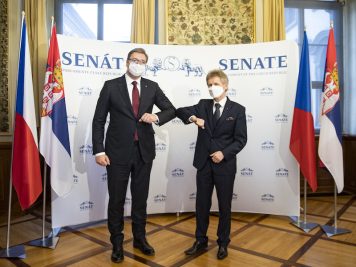
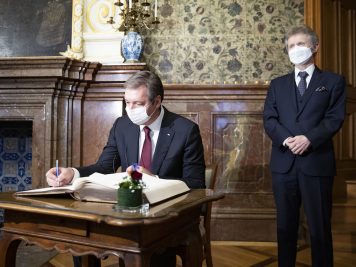
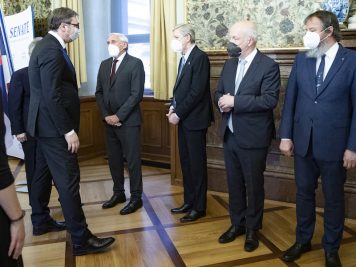
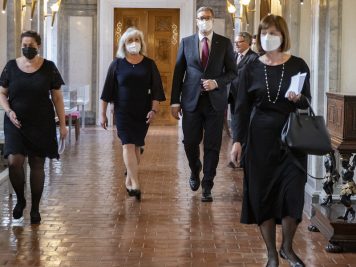
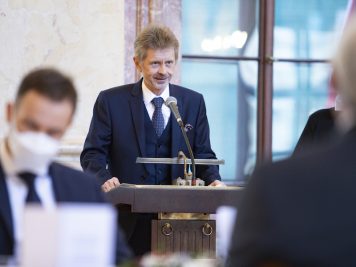
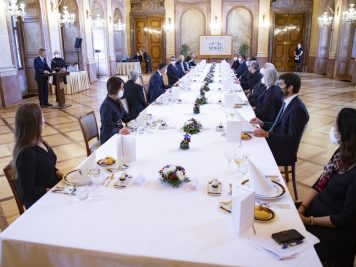
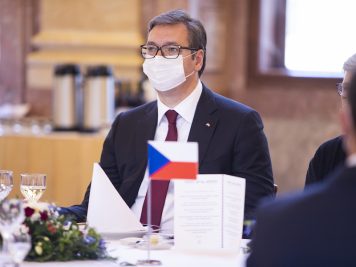
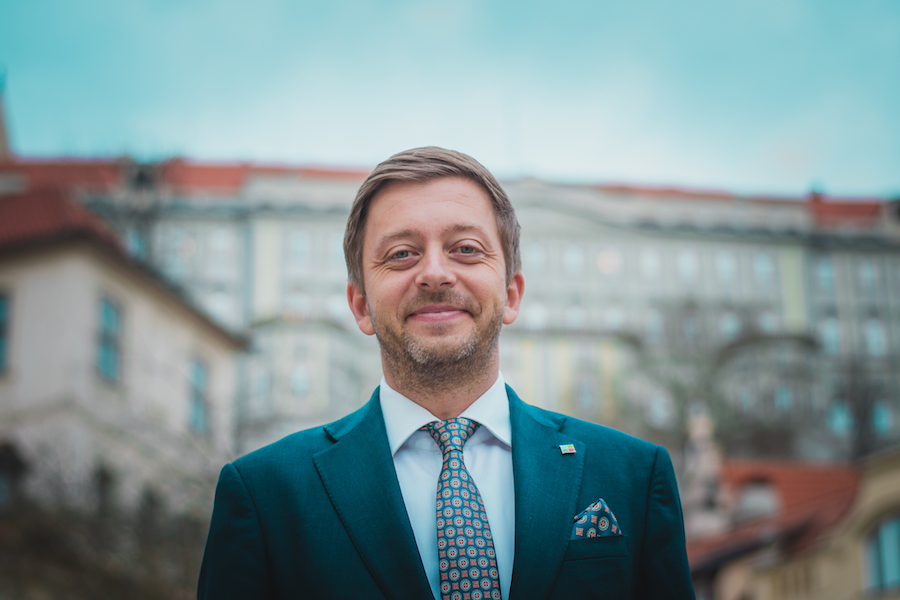

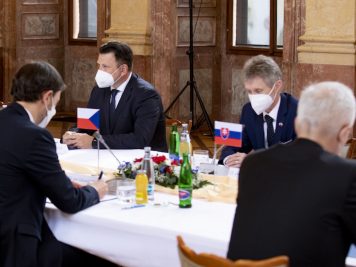
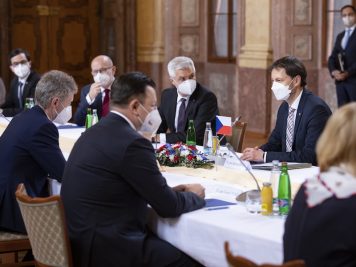
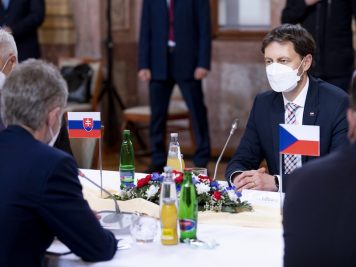
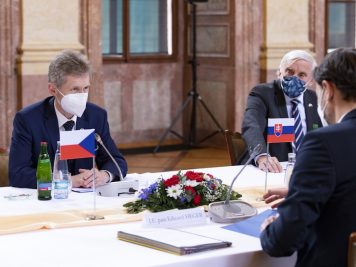

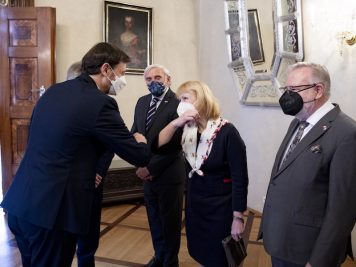
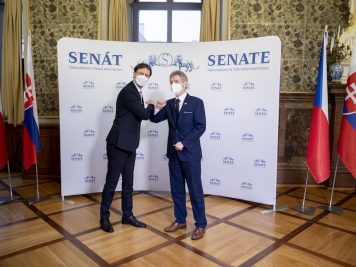
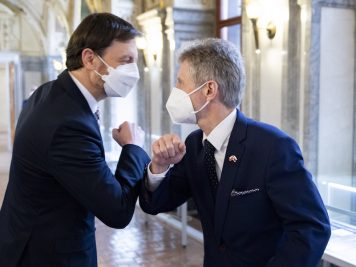
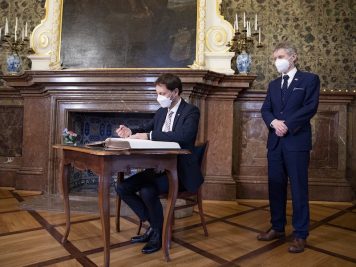

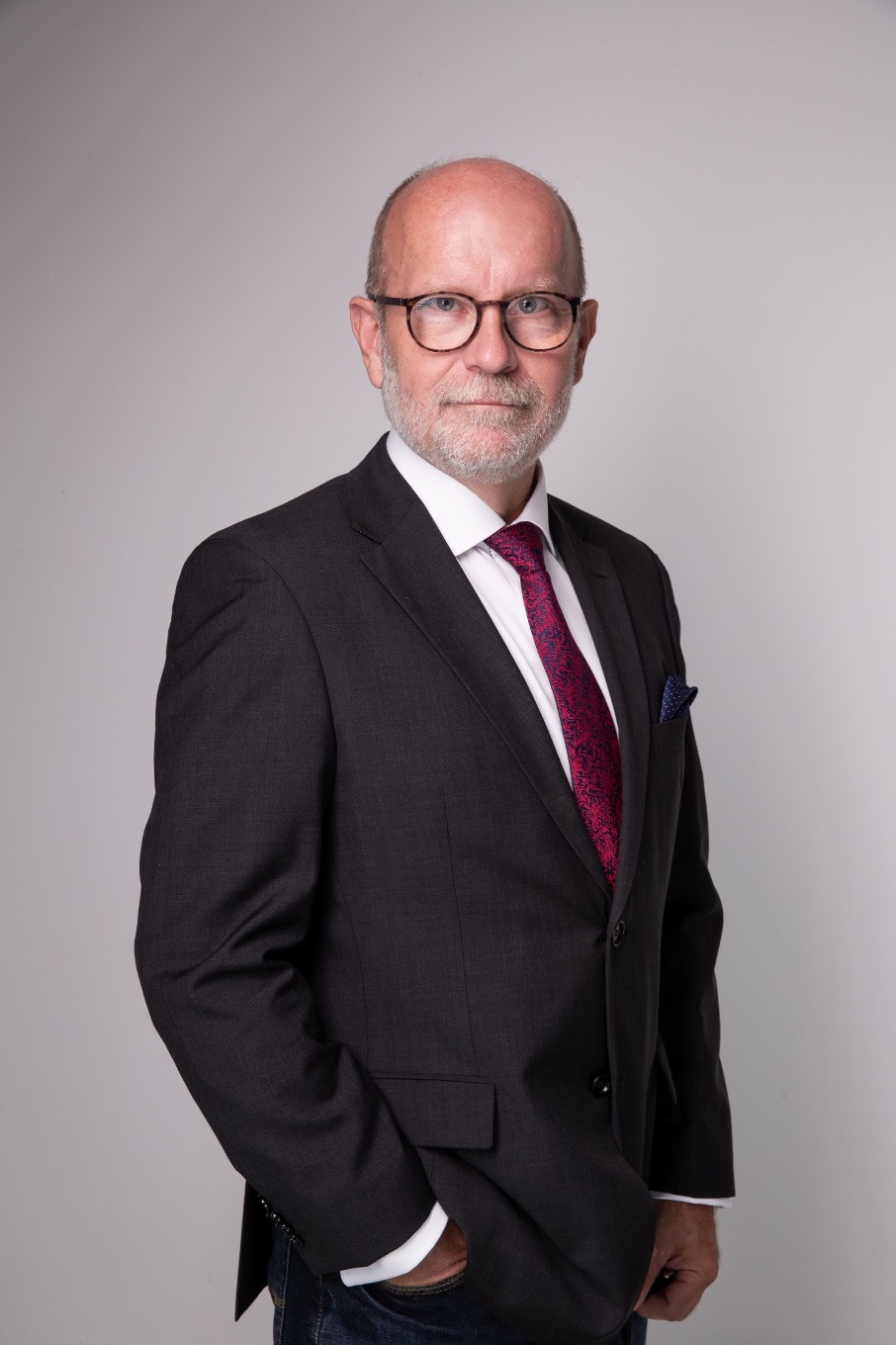
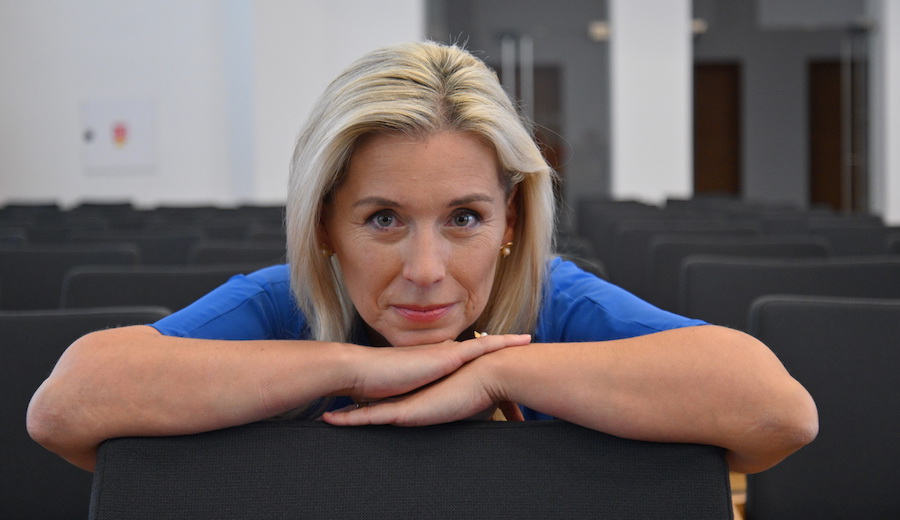
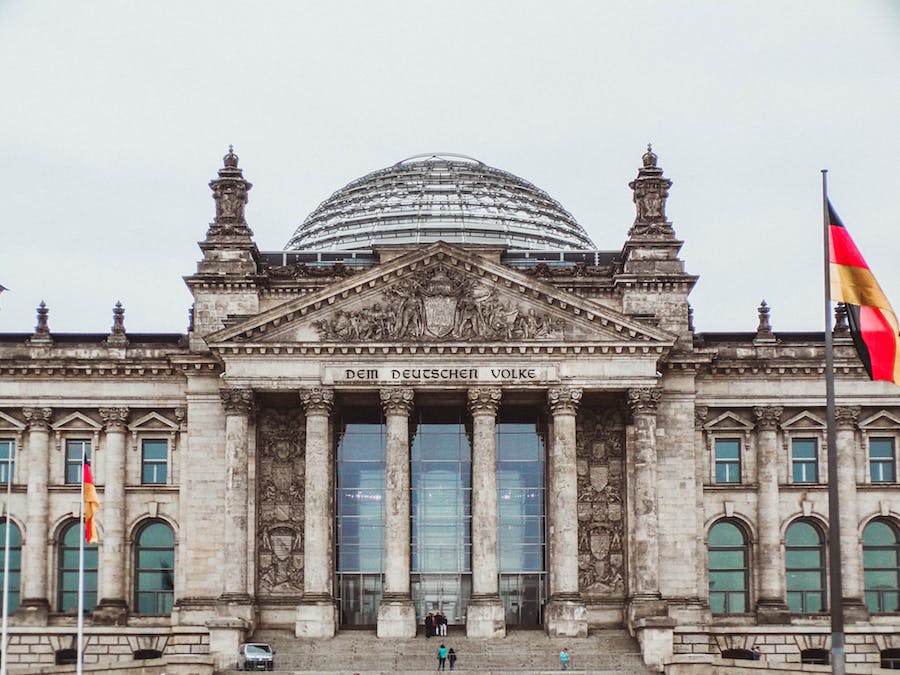
 About Author:
About Author:
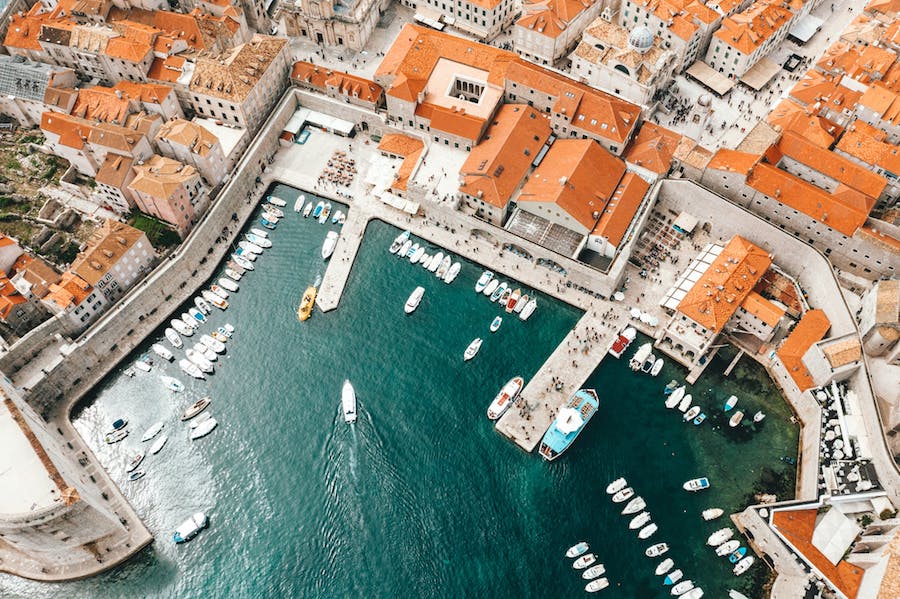


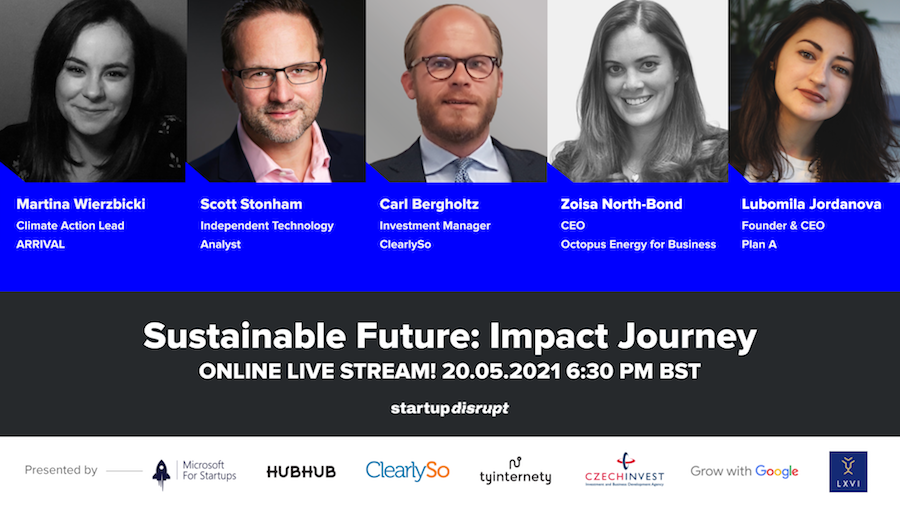
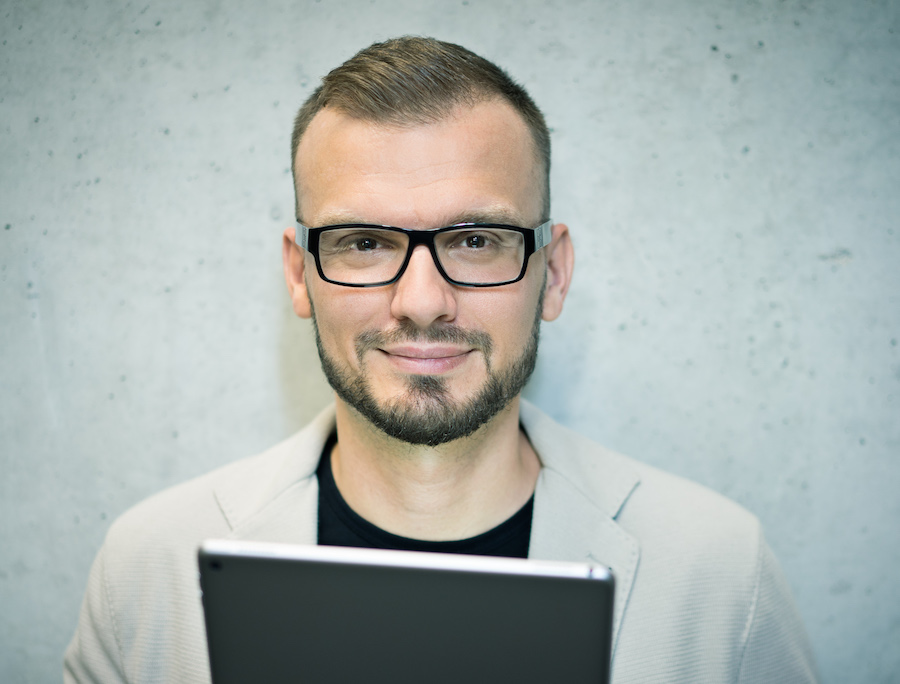
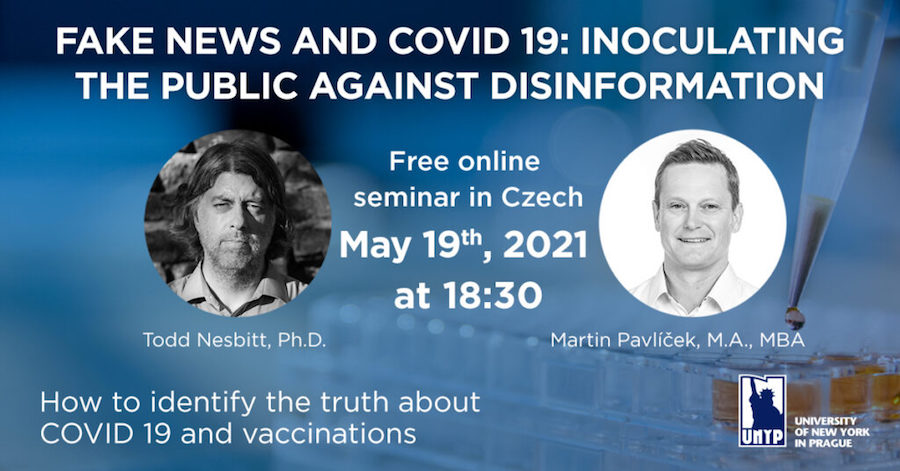



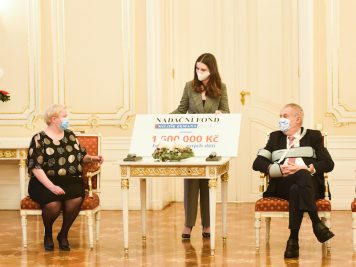
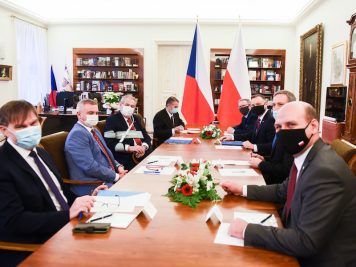
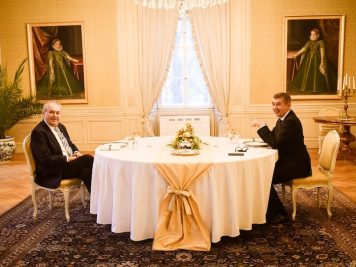
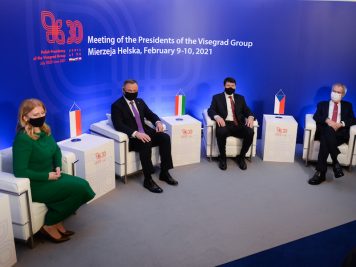
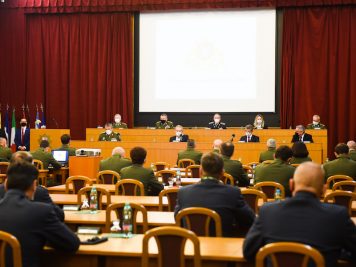
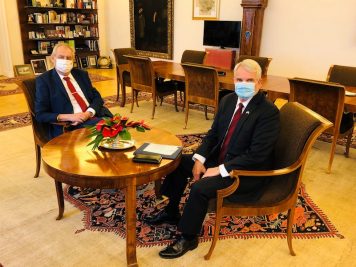
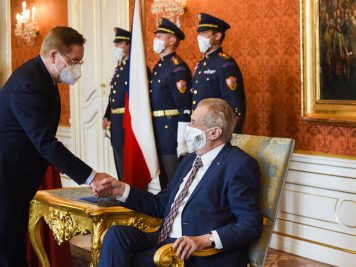
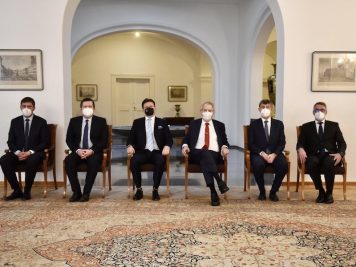
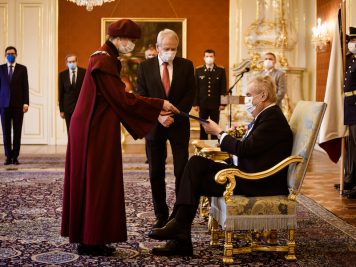
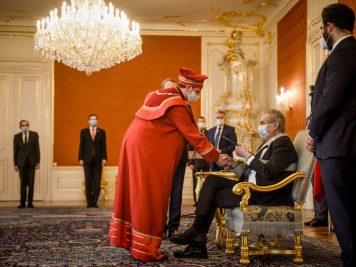
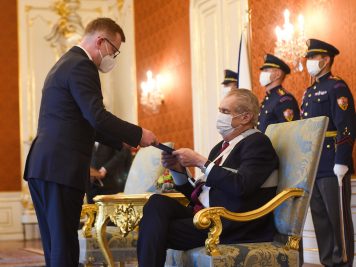
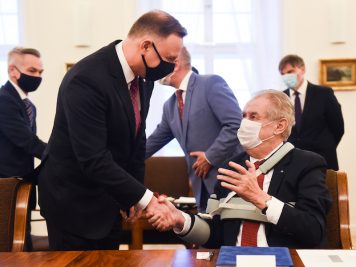

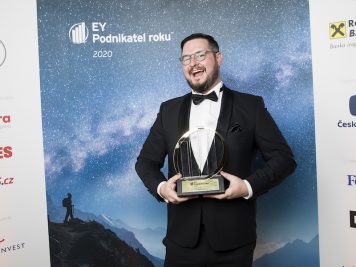
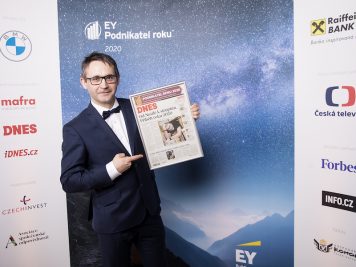

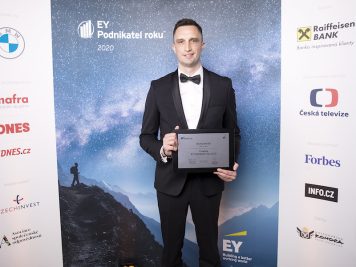




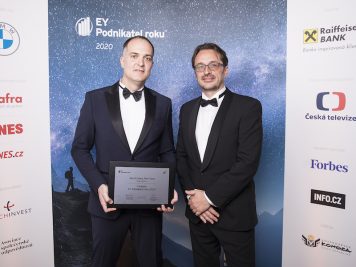
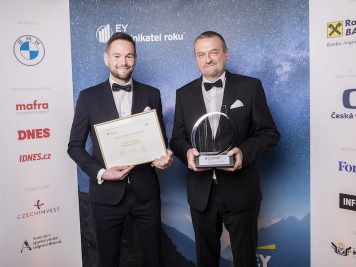
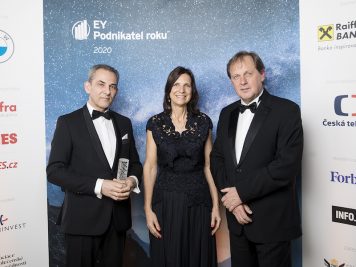
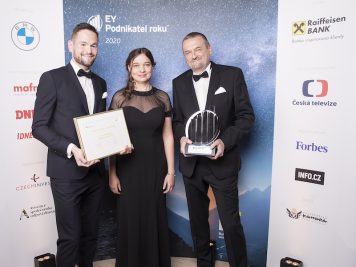
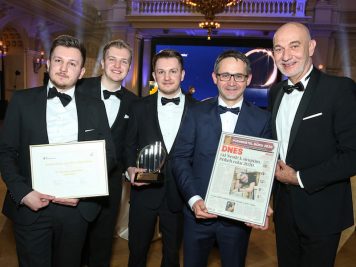
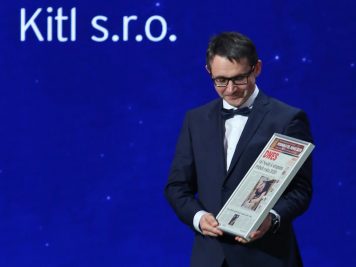
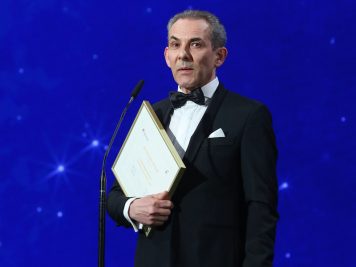
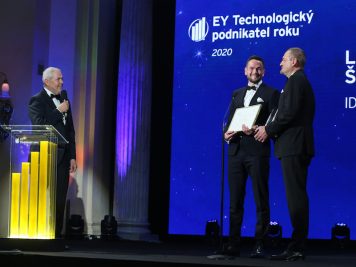
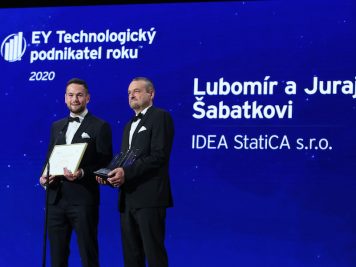
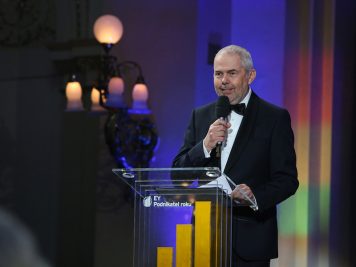

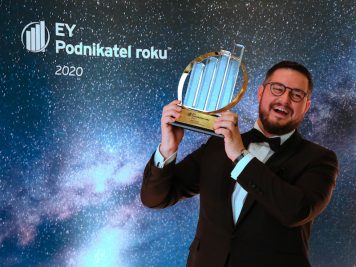
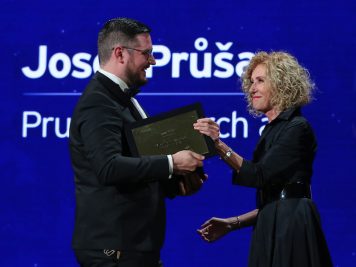

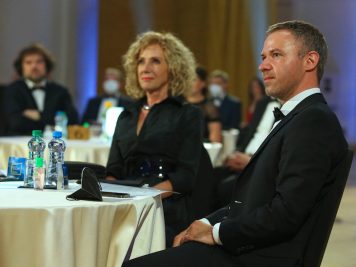
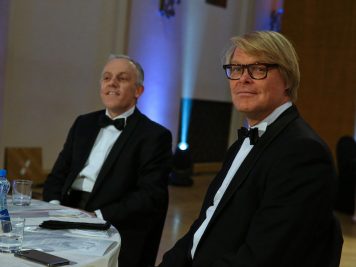

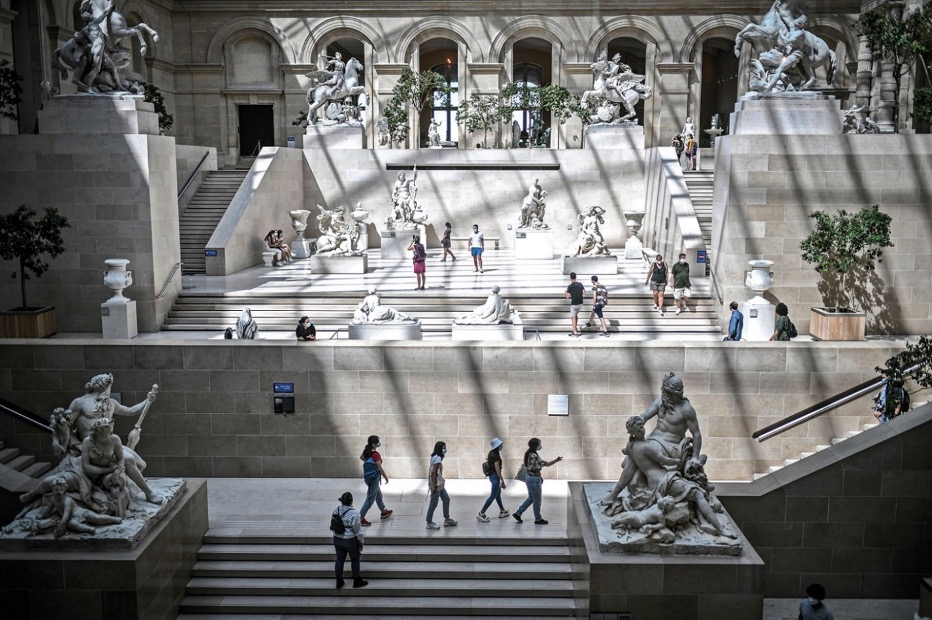
 About the author:
About the author: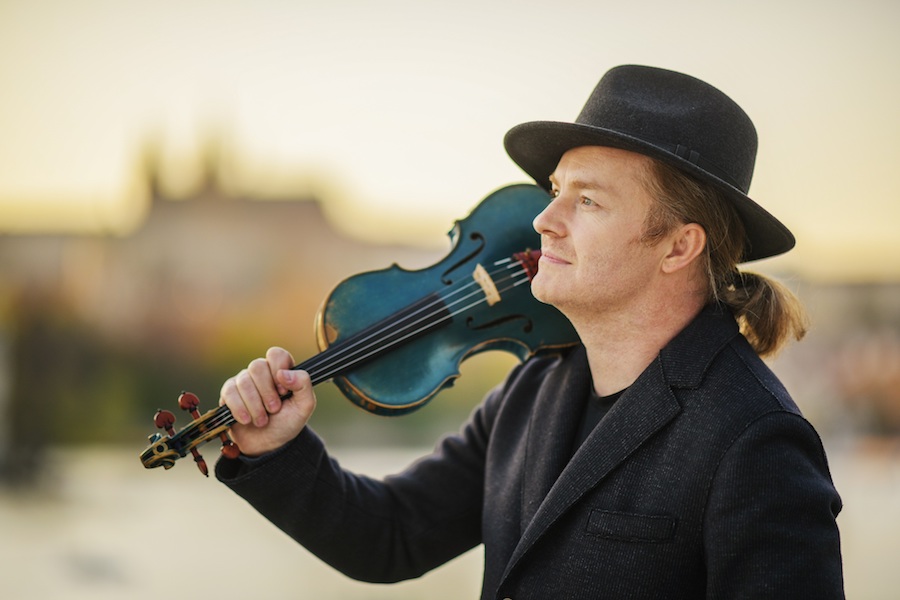

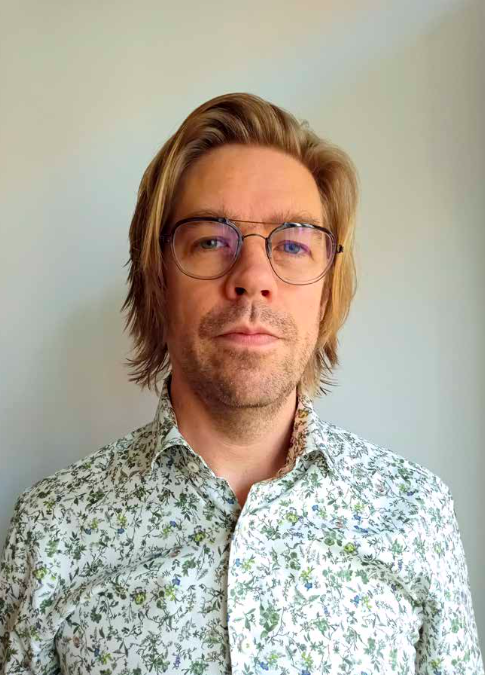



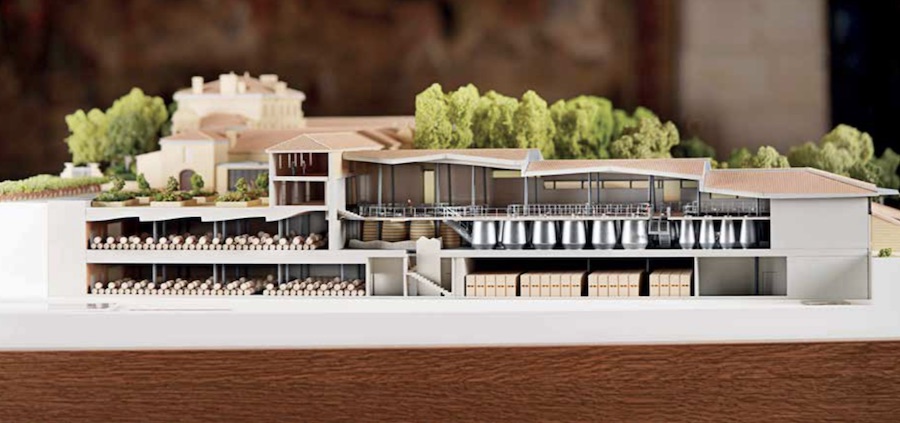

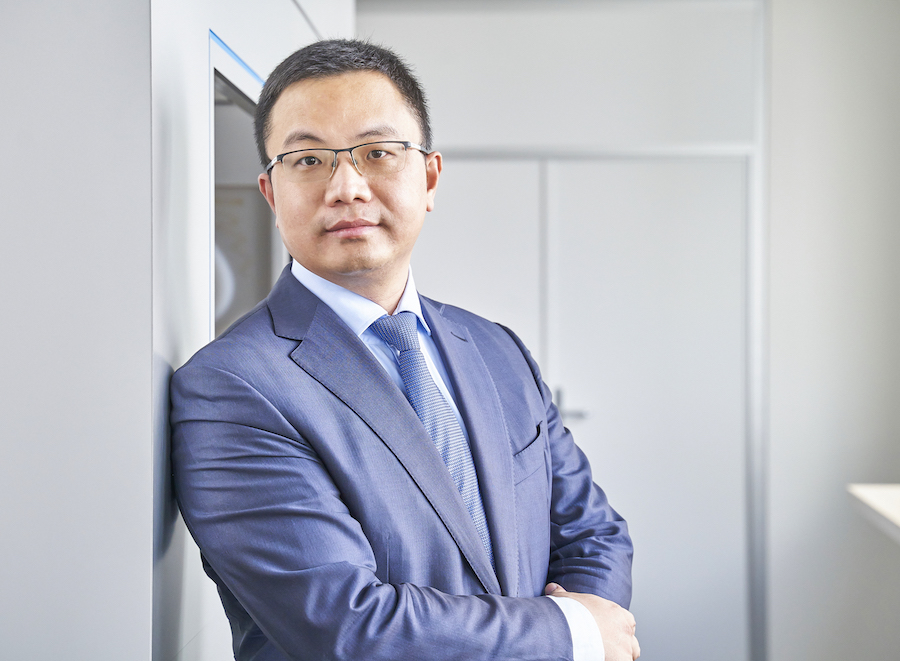





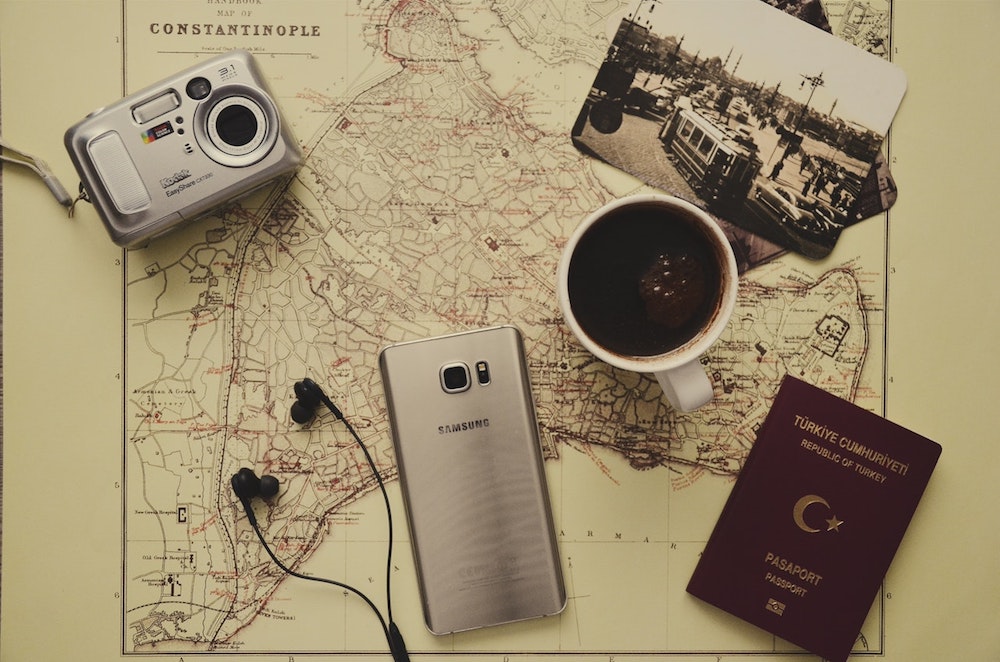


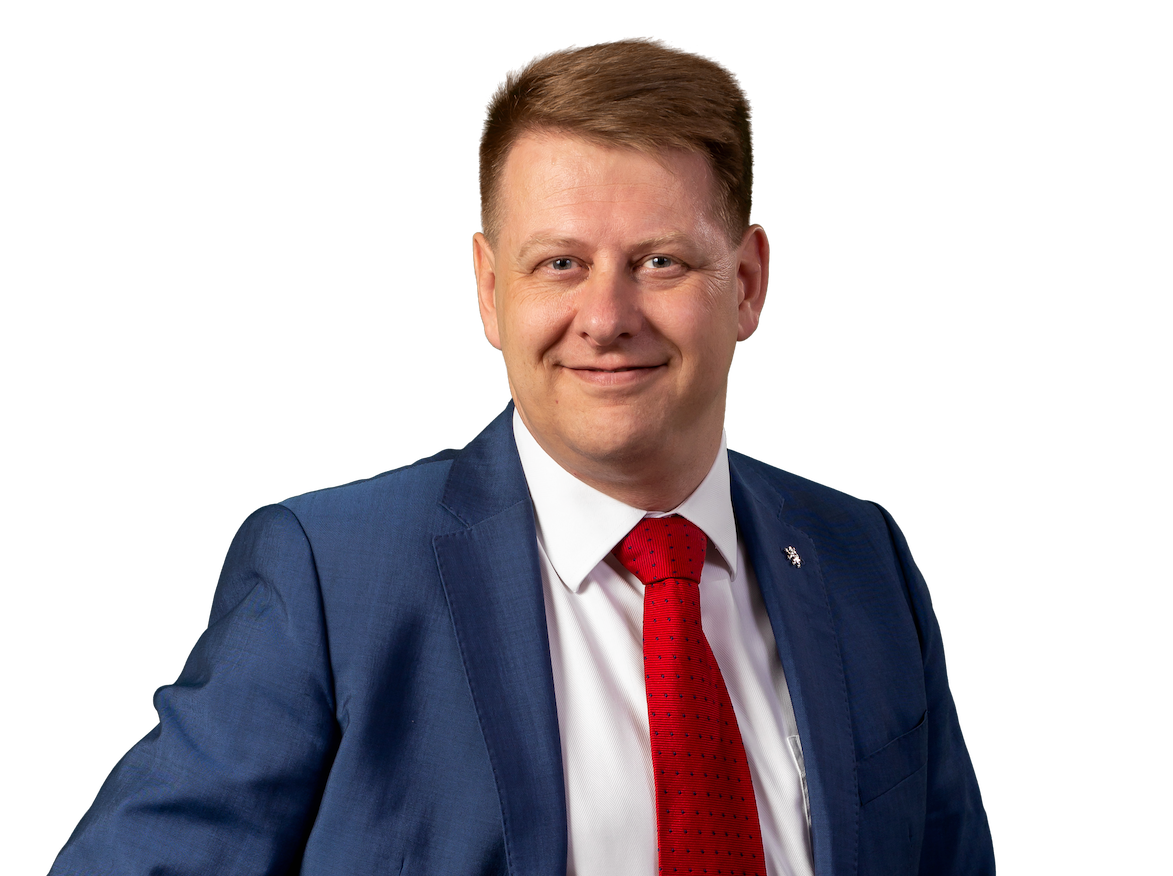
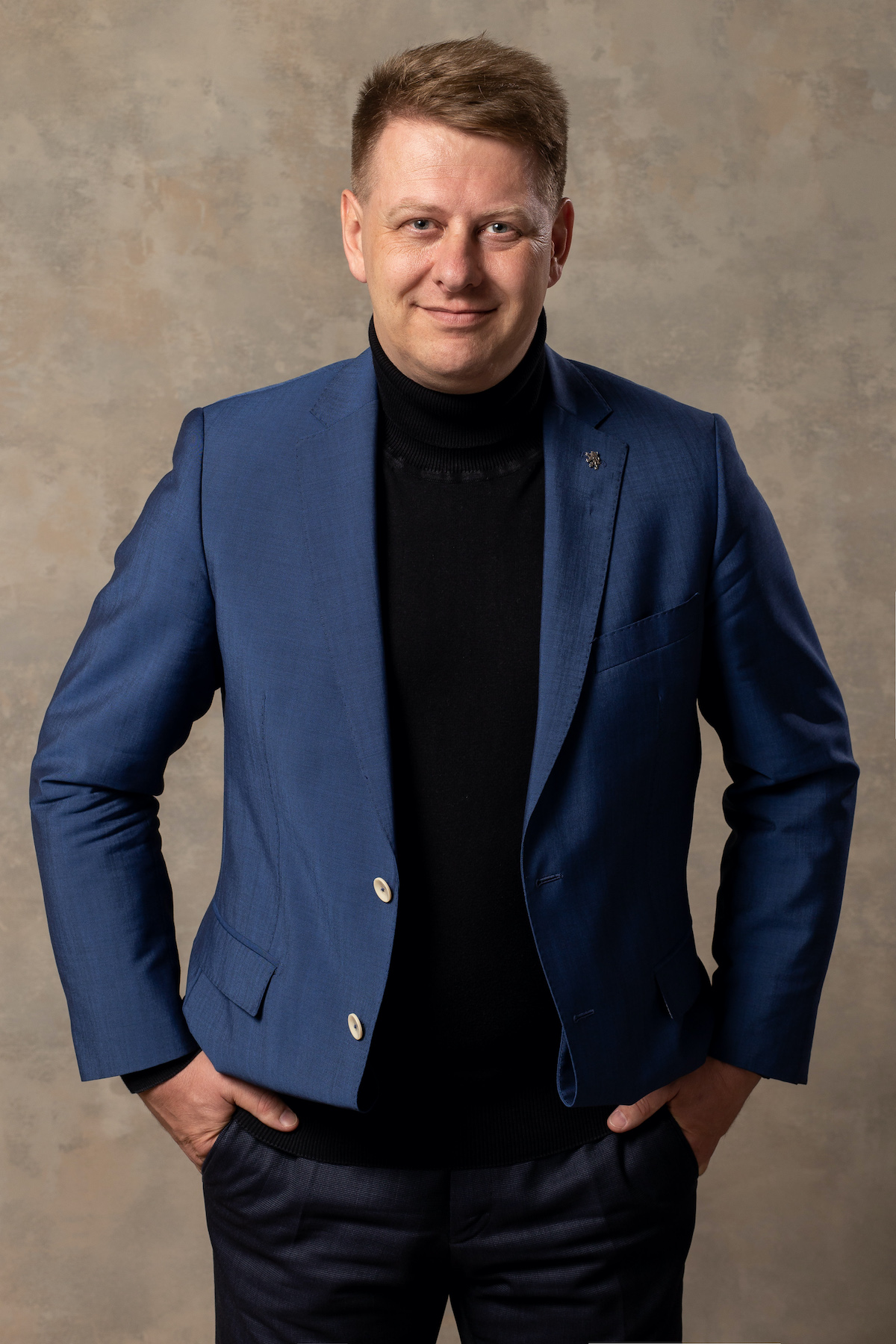

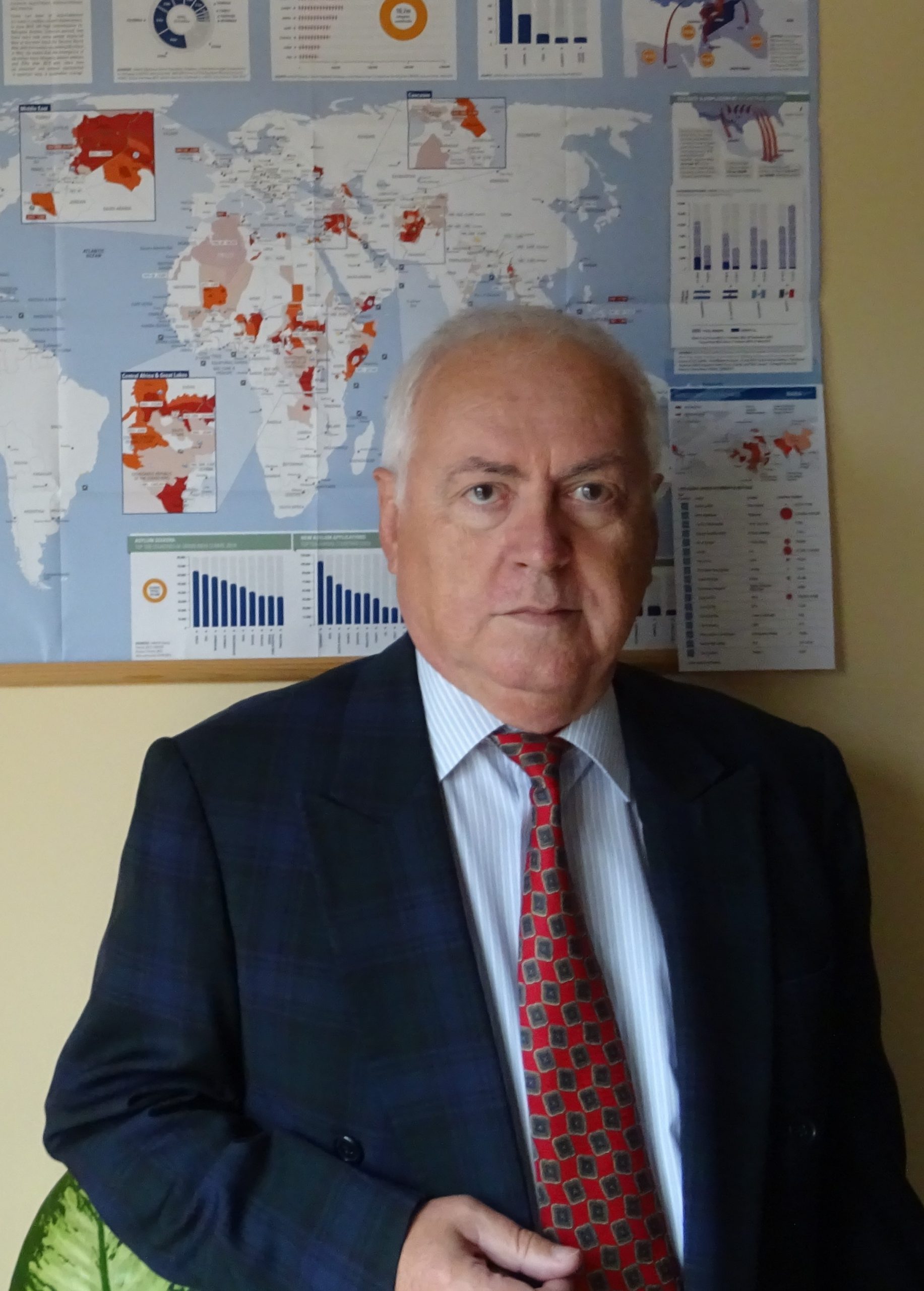
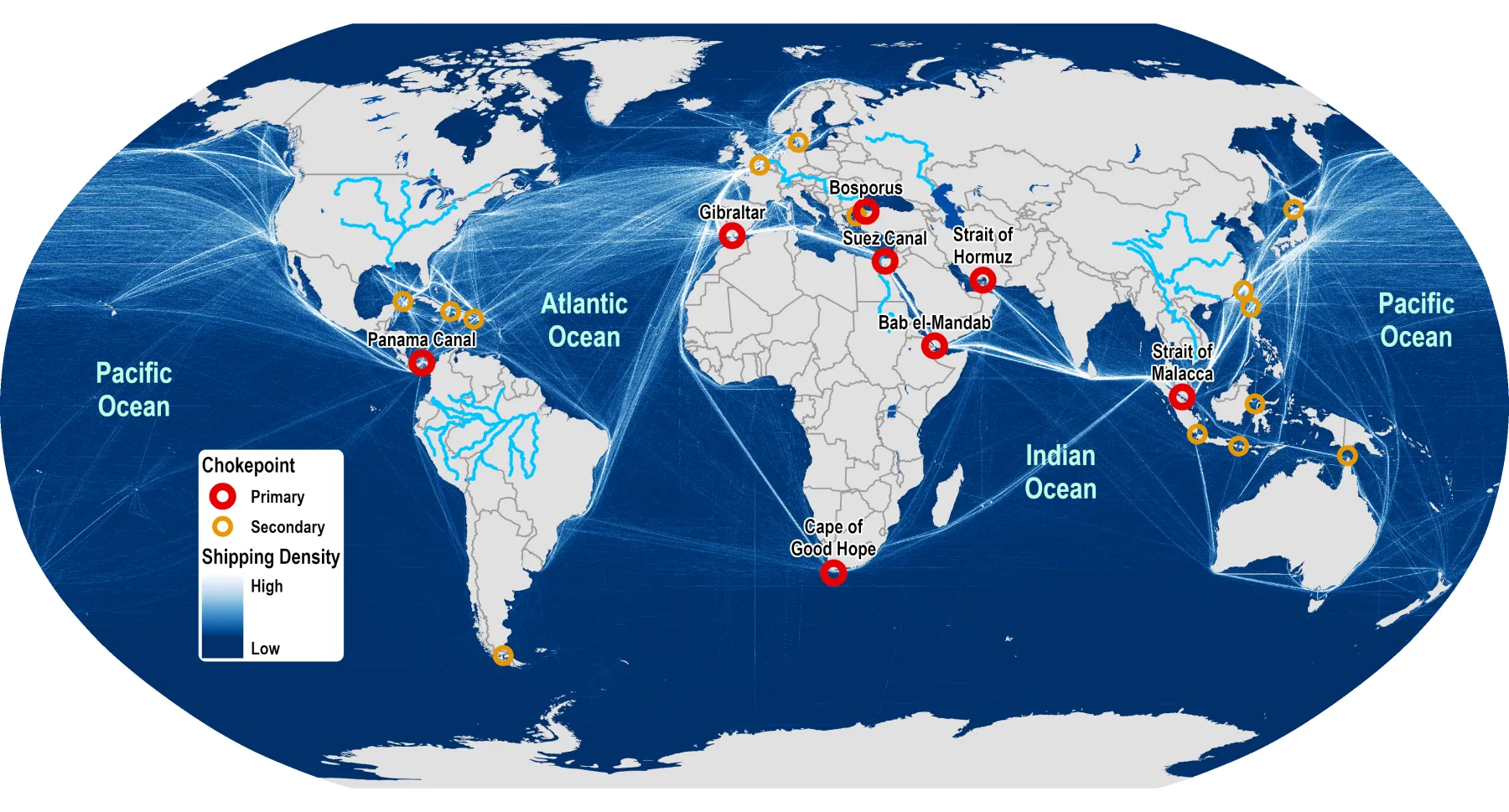
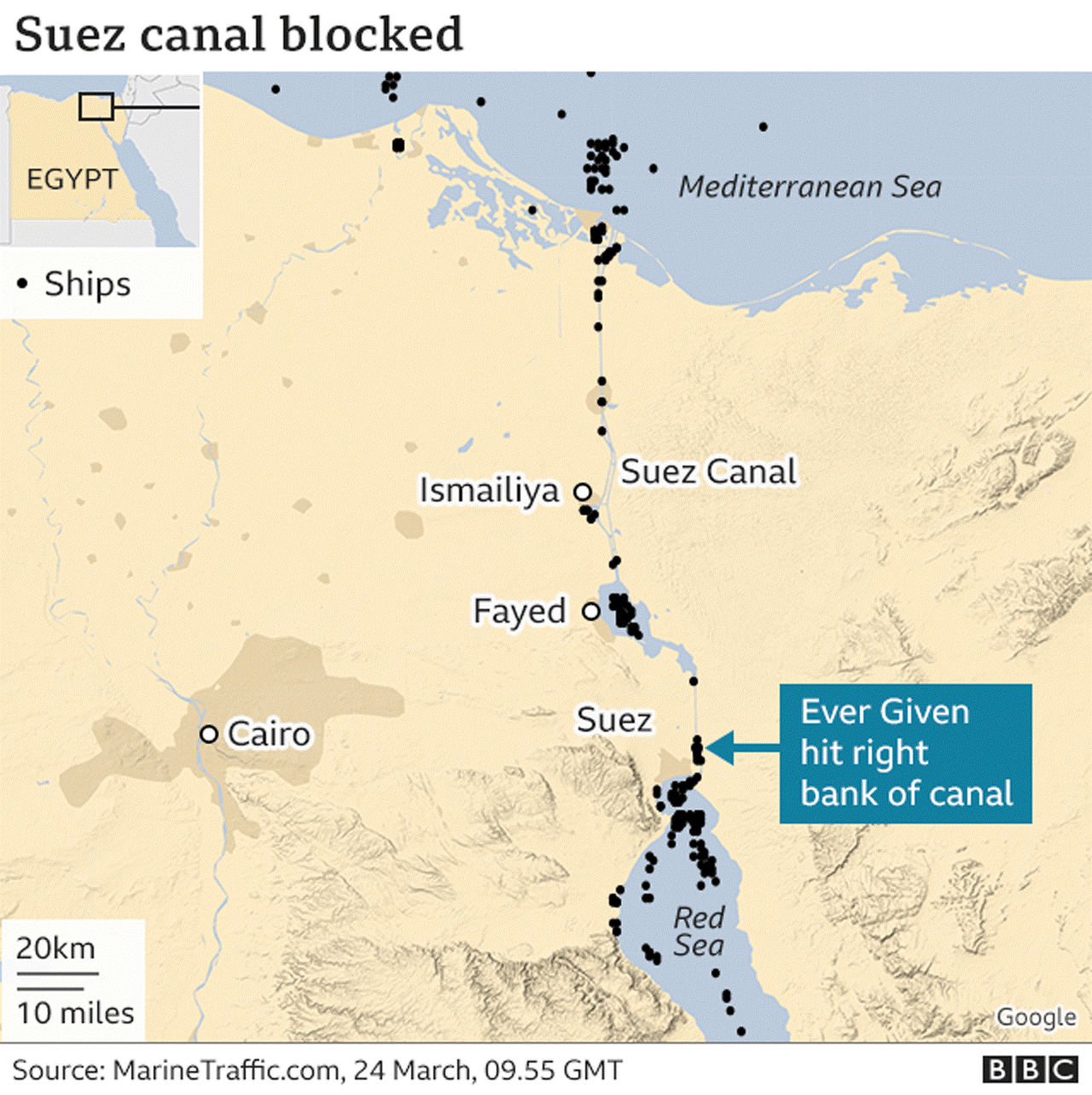

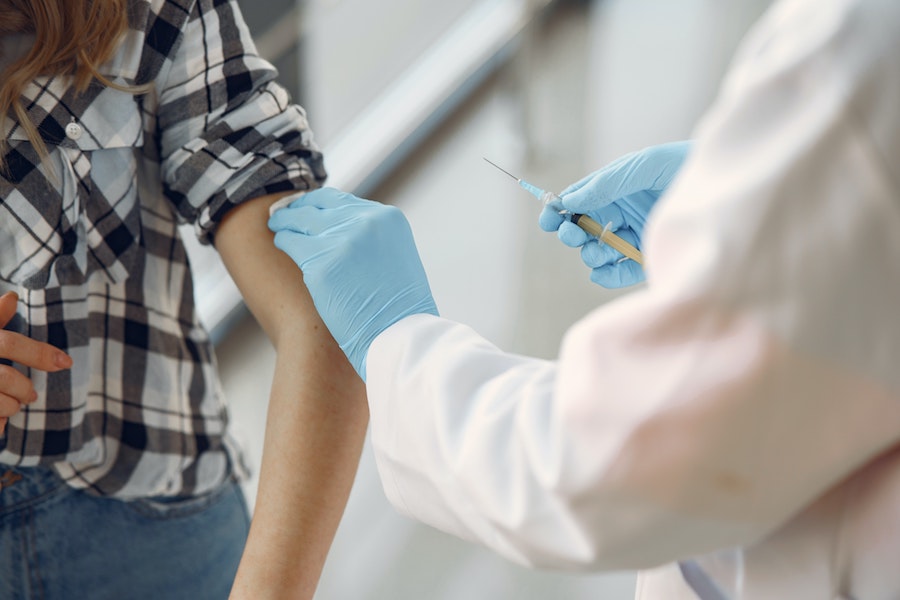
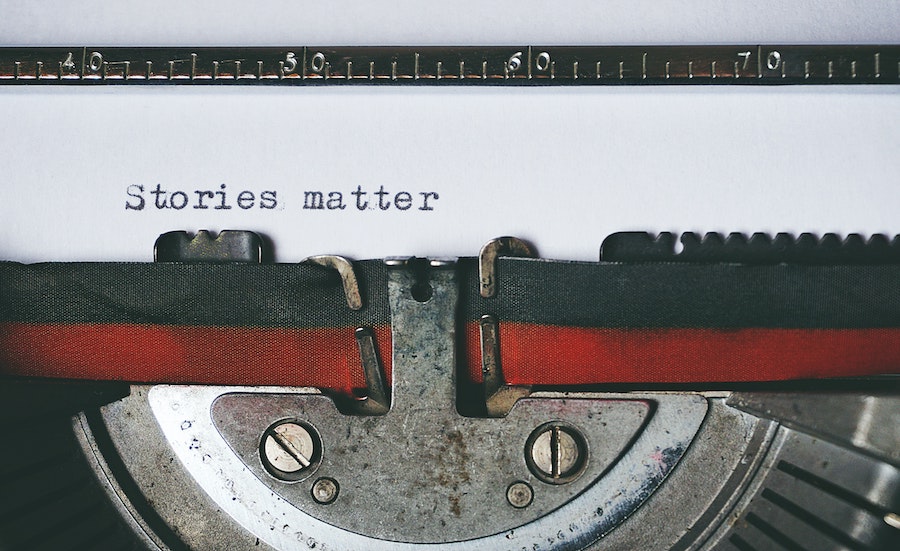

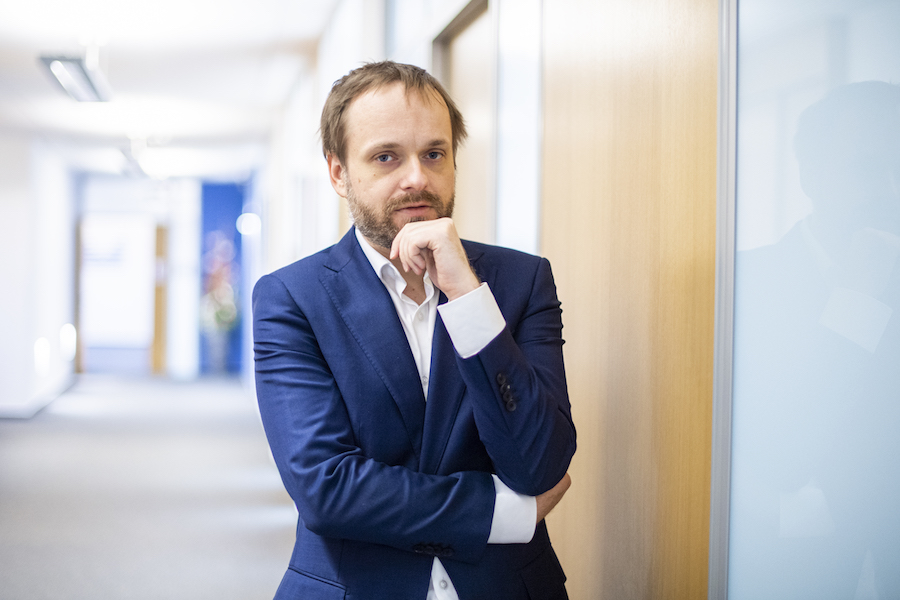

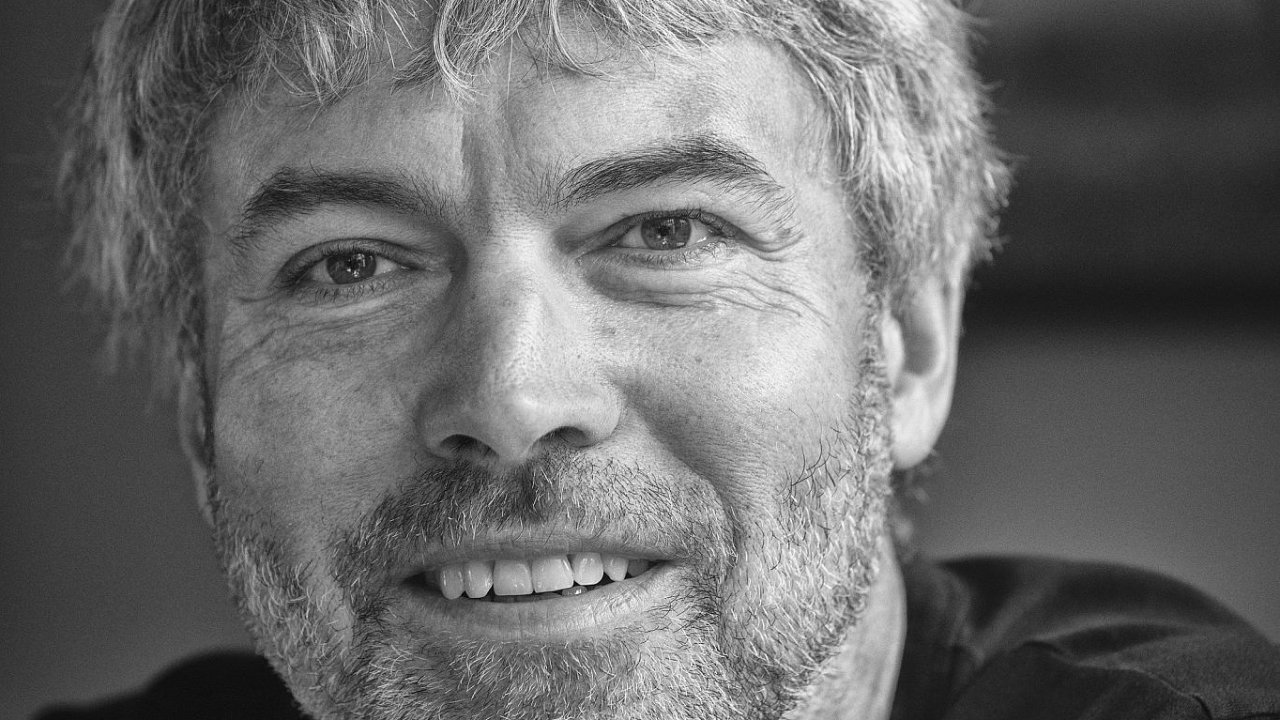
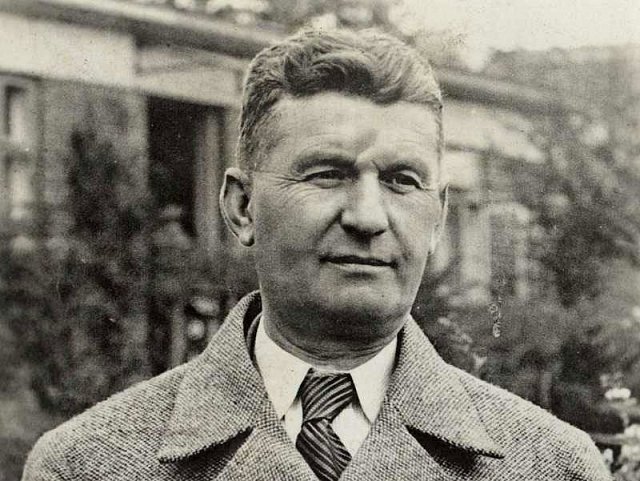

 Sinisa Ljepojevic, Tanjug senior correspondent London/Washington (aD), writter and author
Sinisa Ljepojevic, Tanjug senior correspondent London/Washington (aD), writter and author
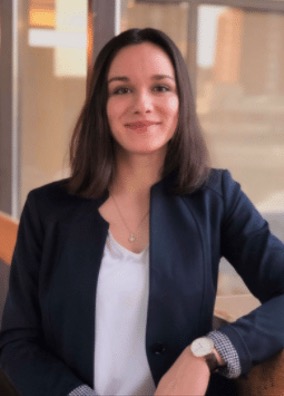 About the Author:
About the Author:




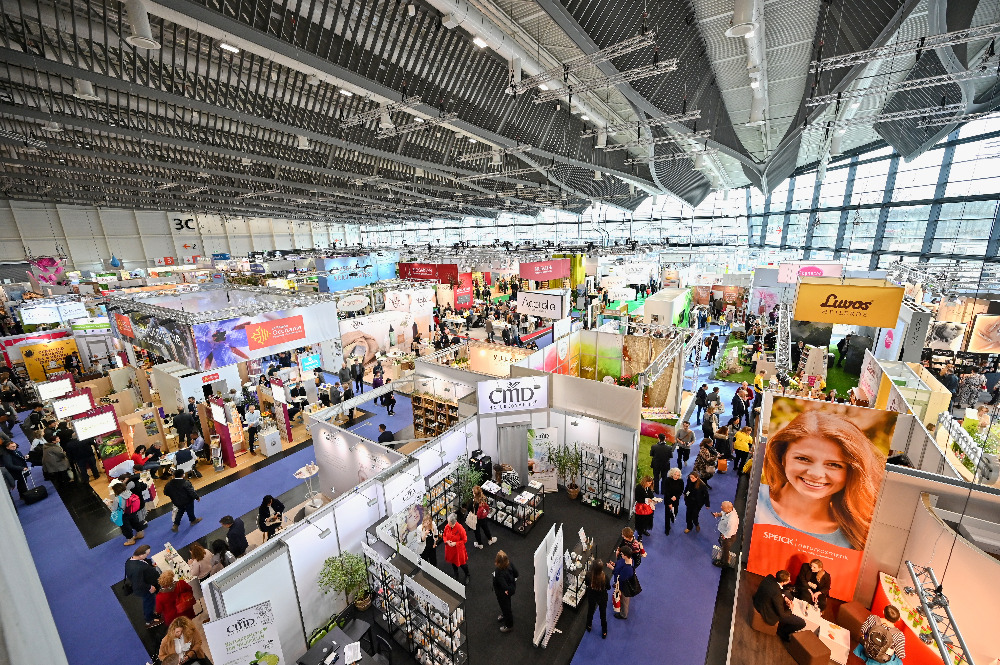
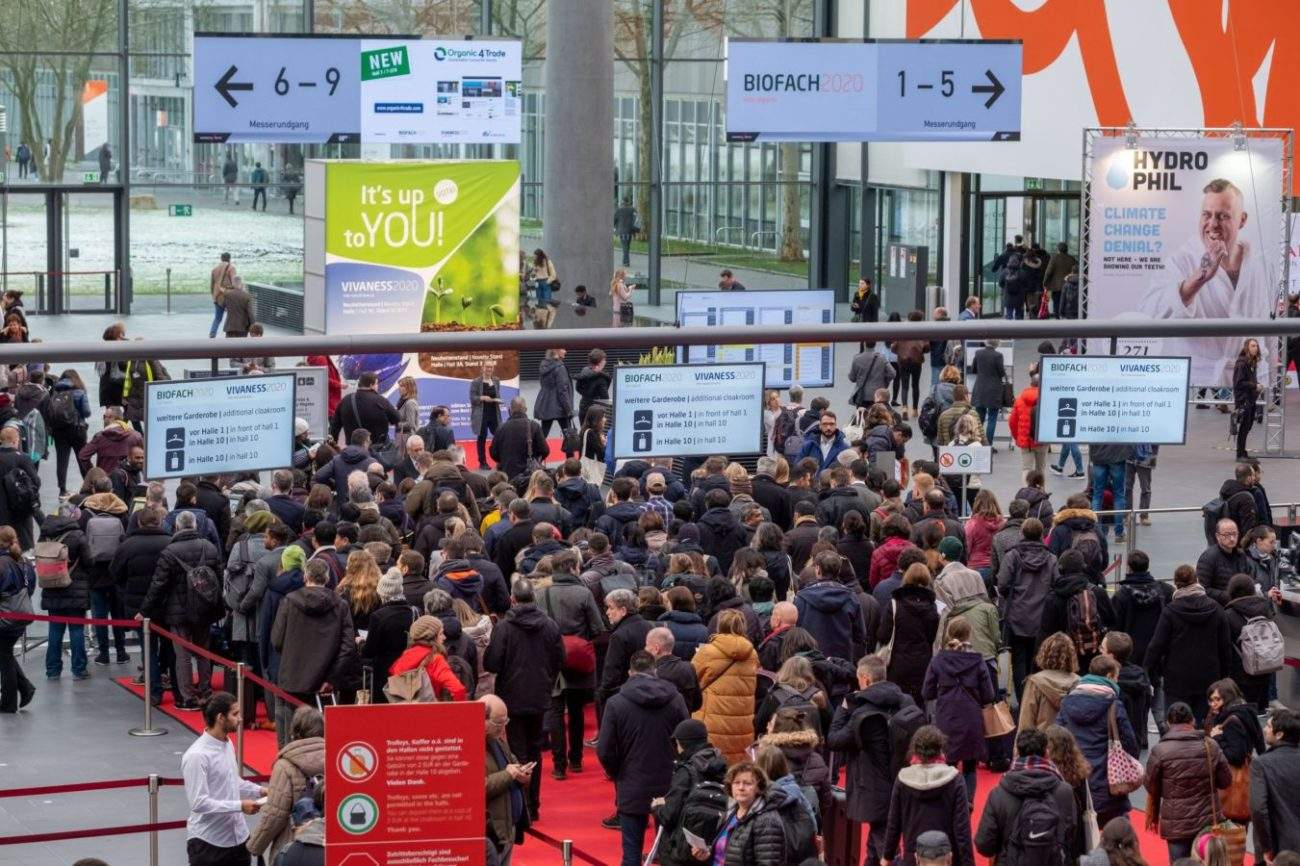
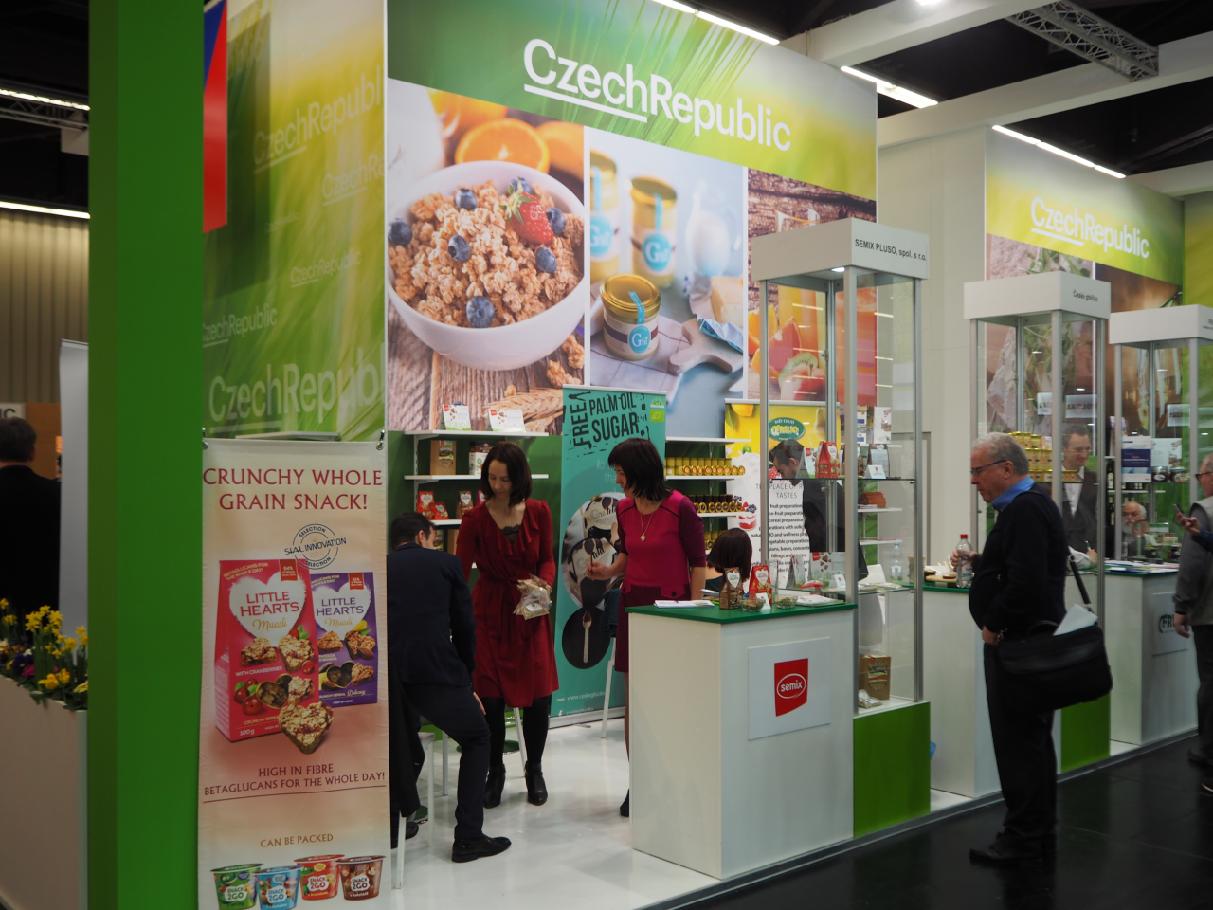
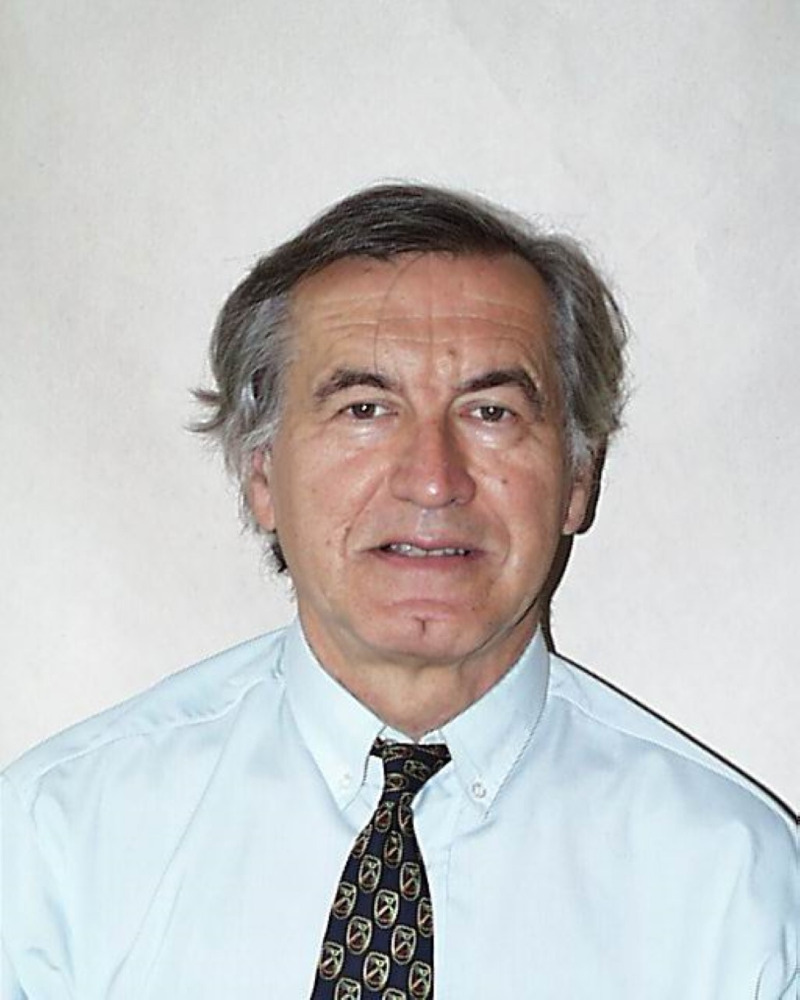


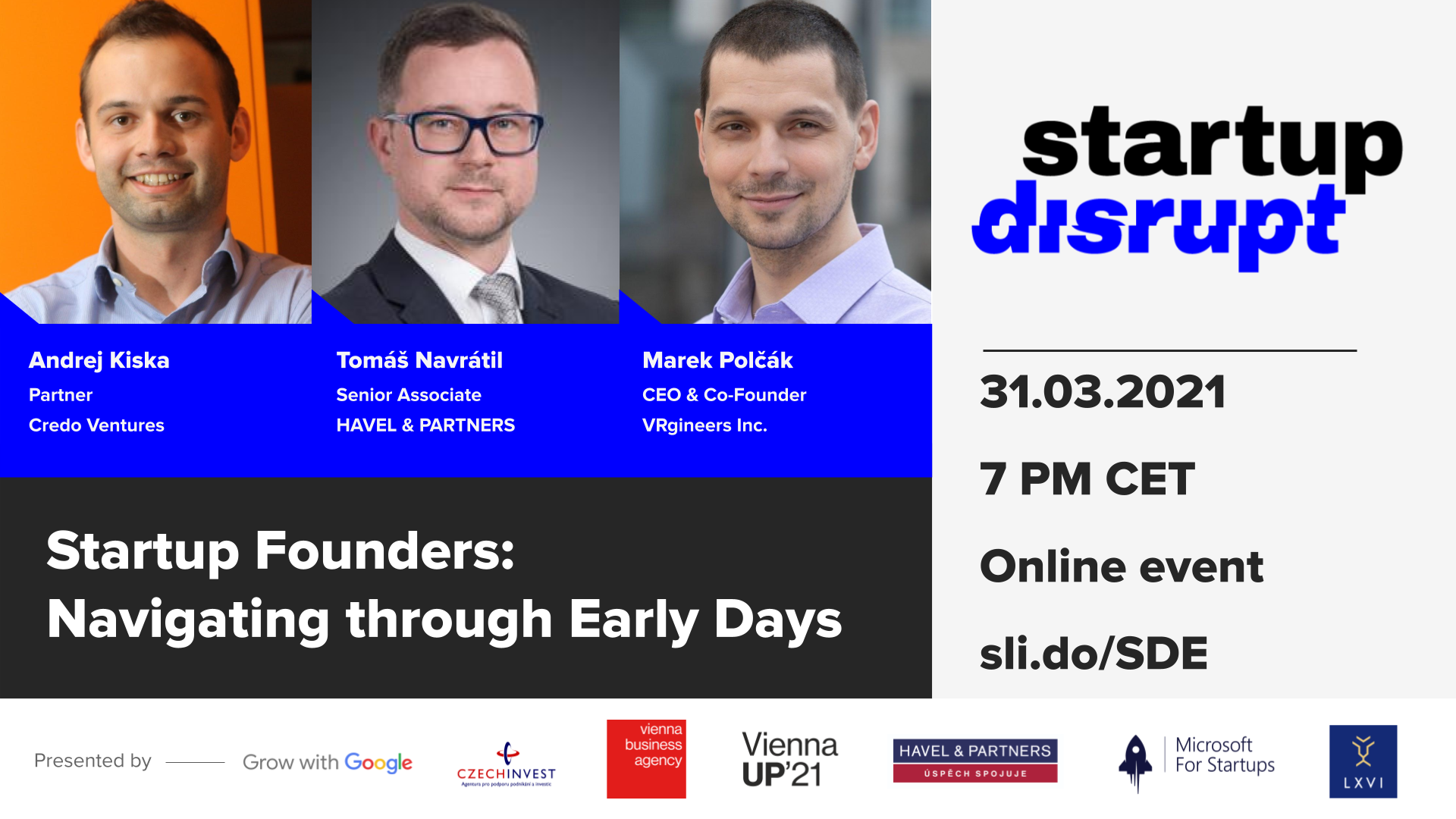

 About Author;
About Author;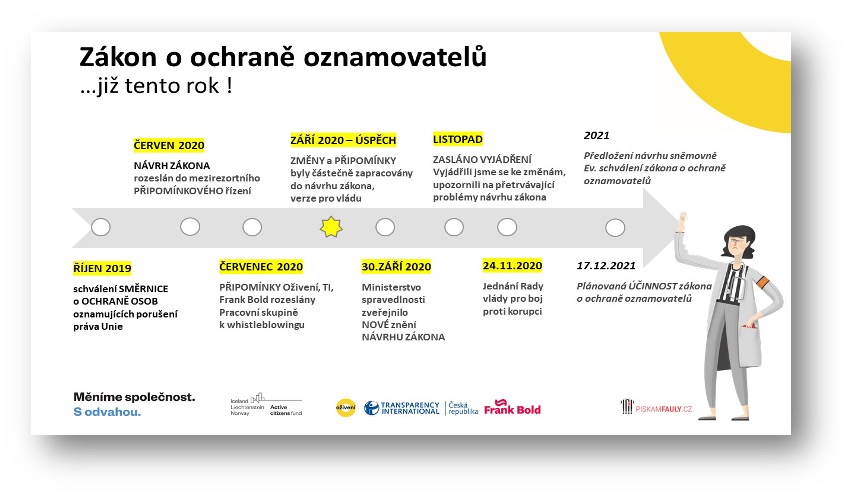









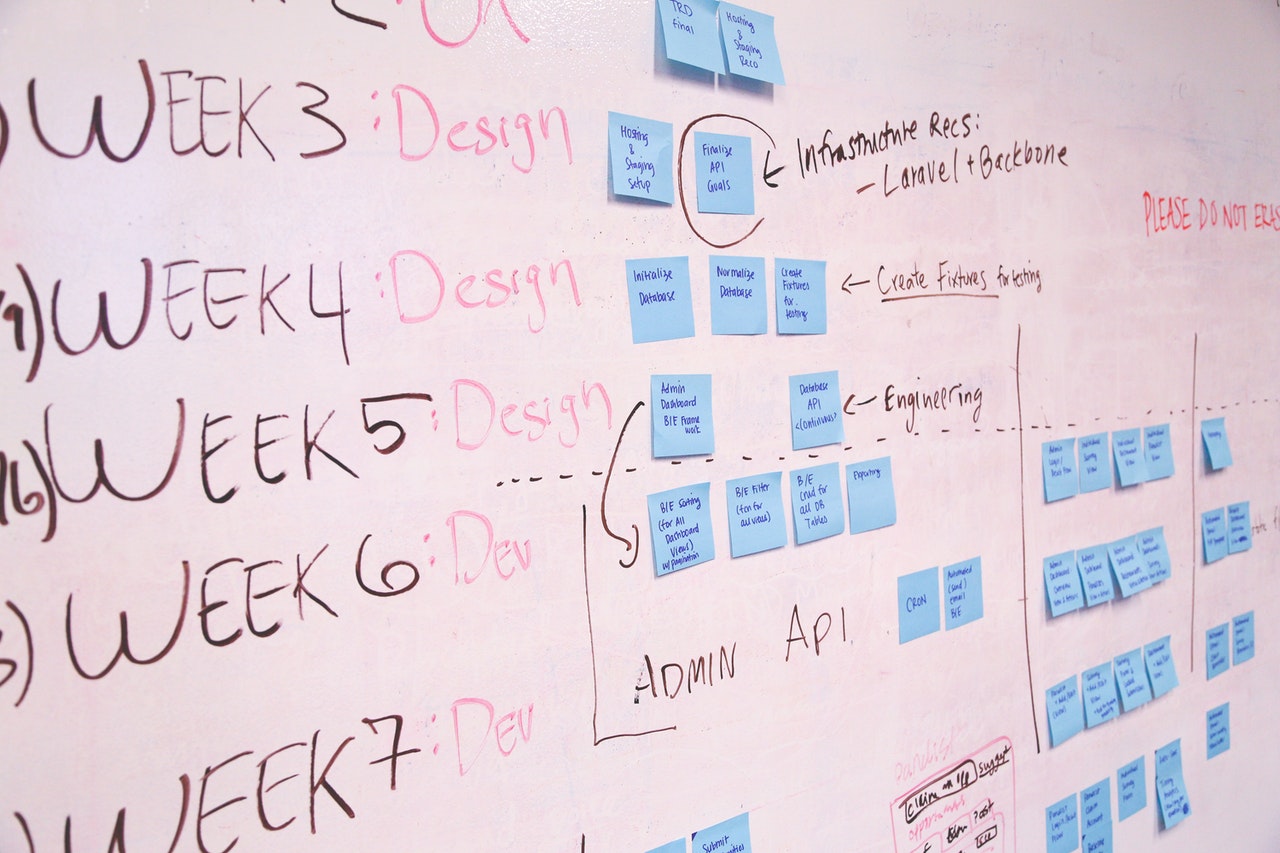

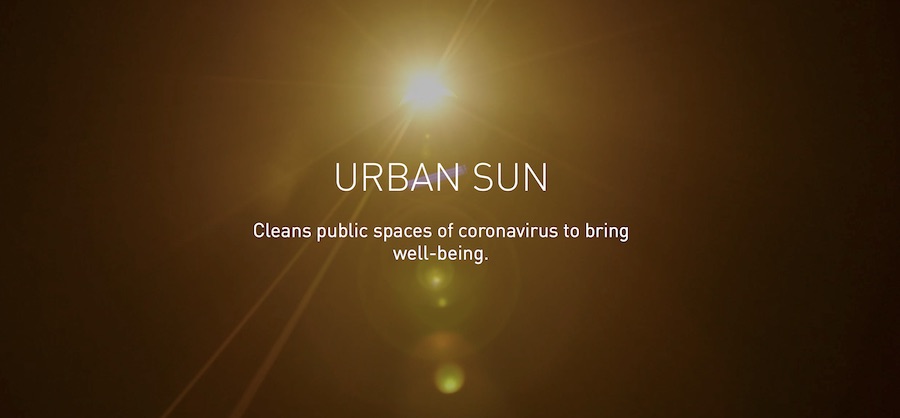


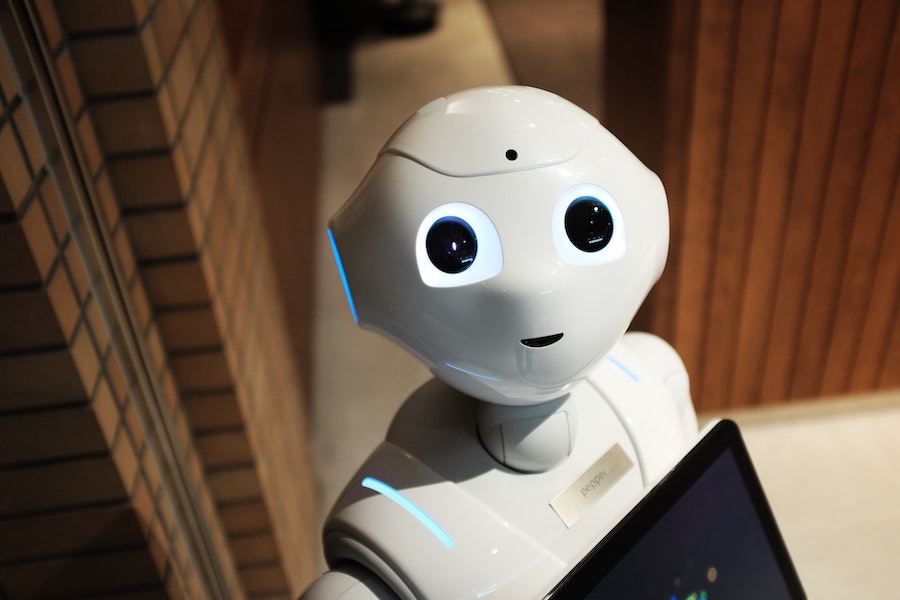







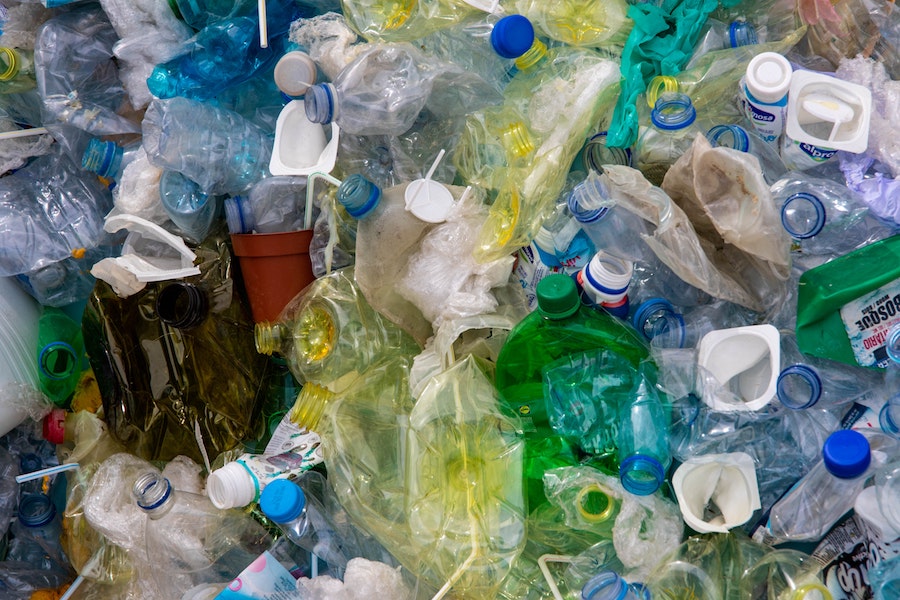
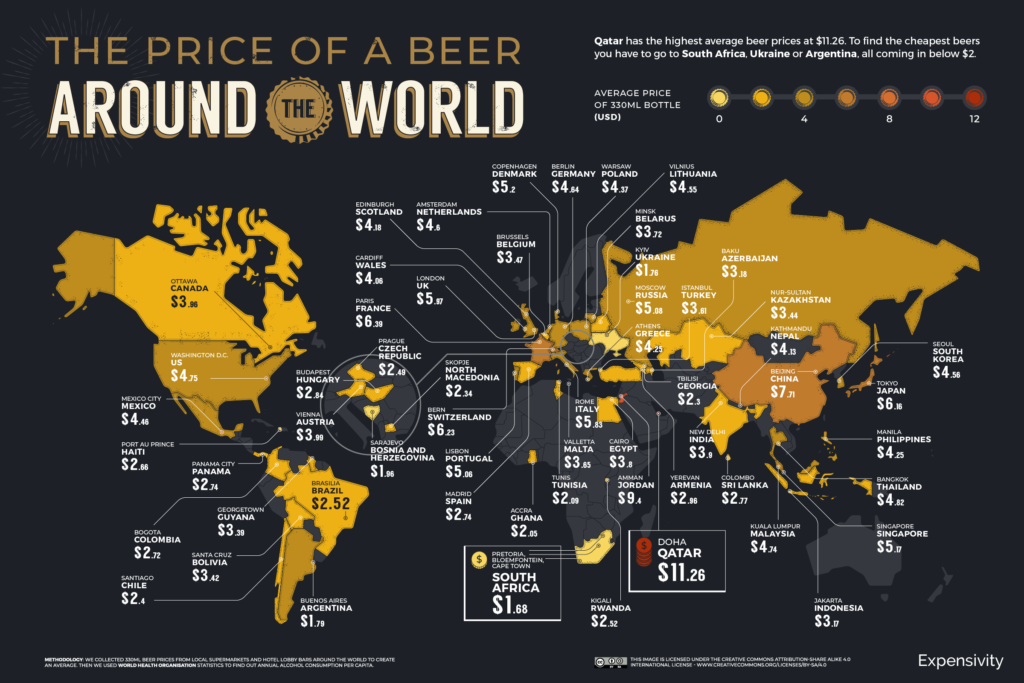
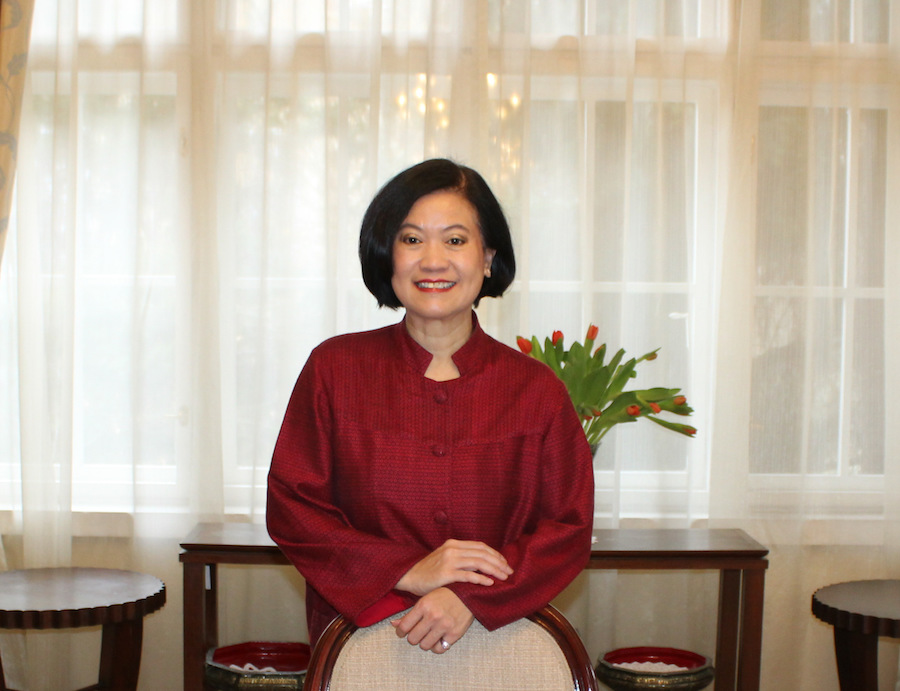
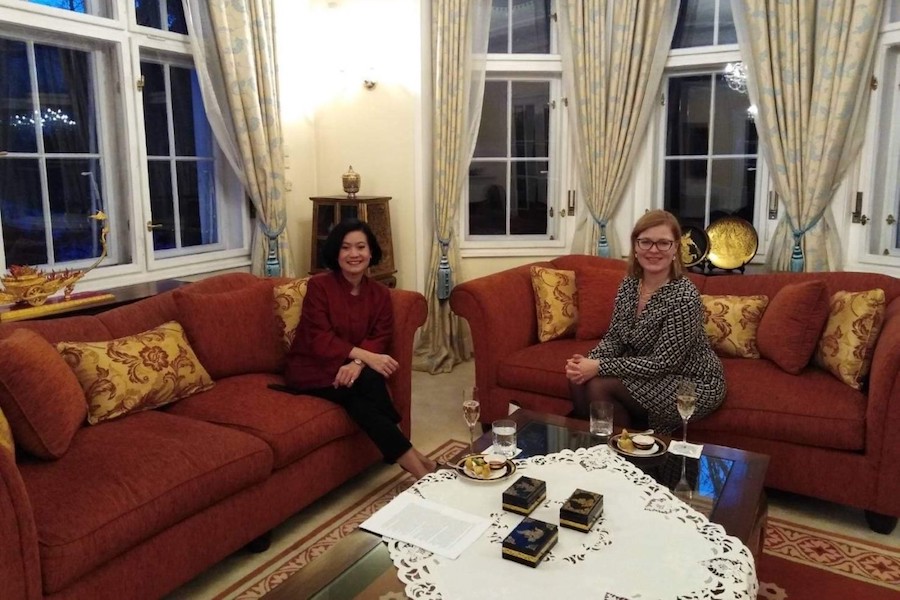
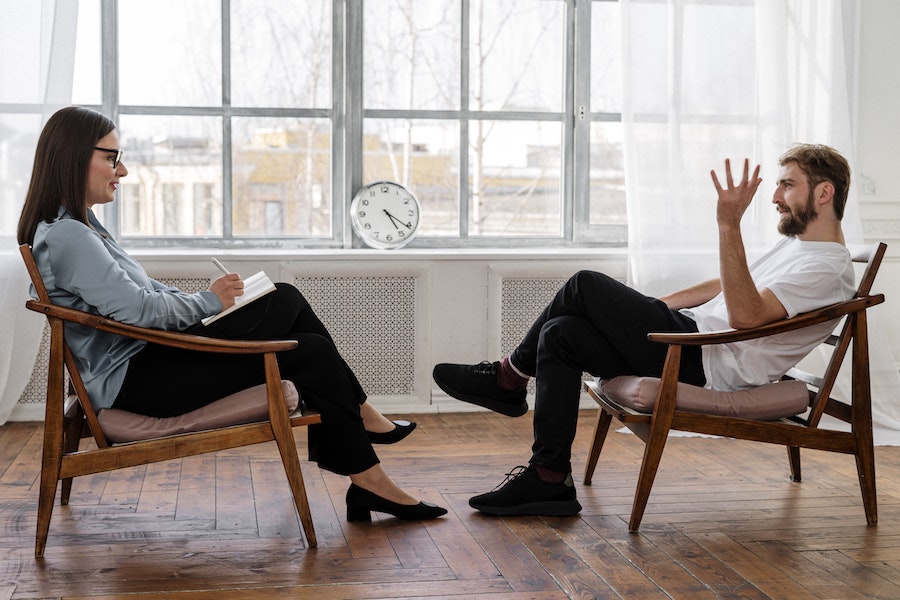


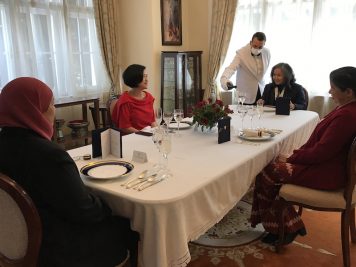
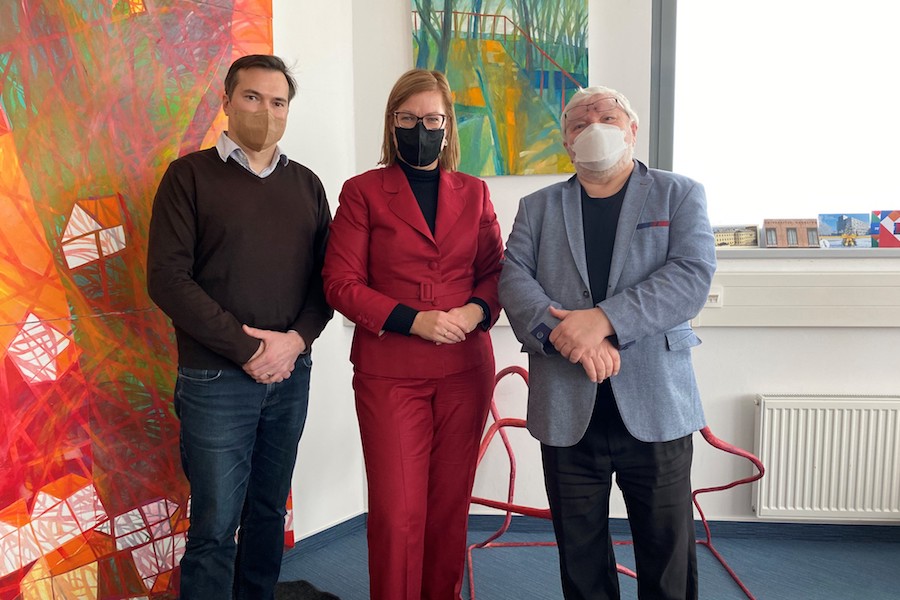


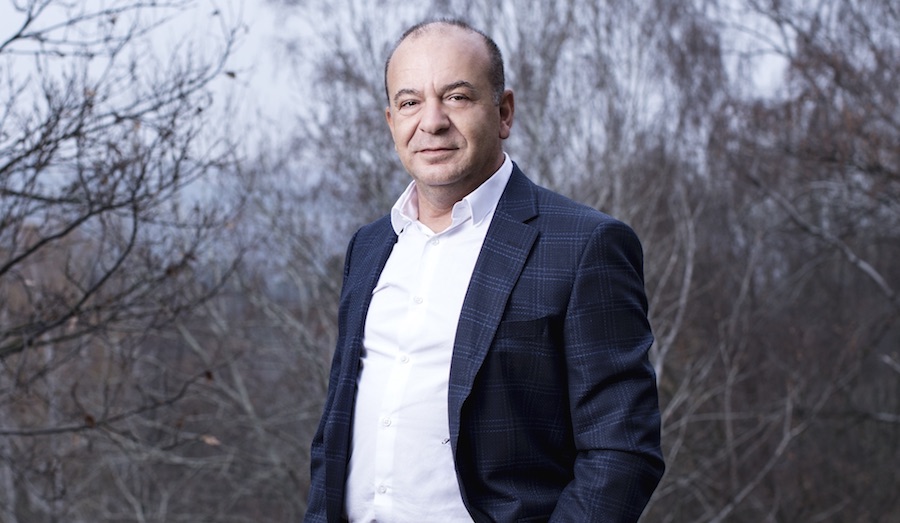
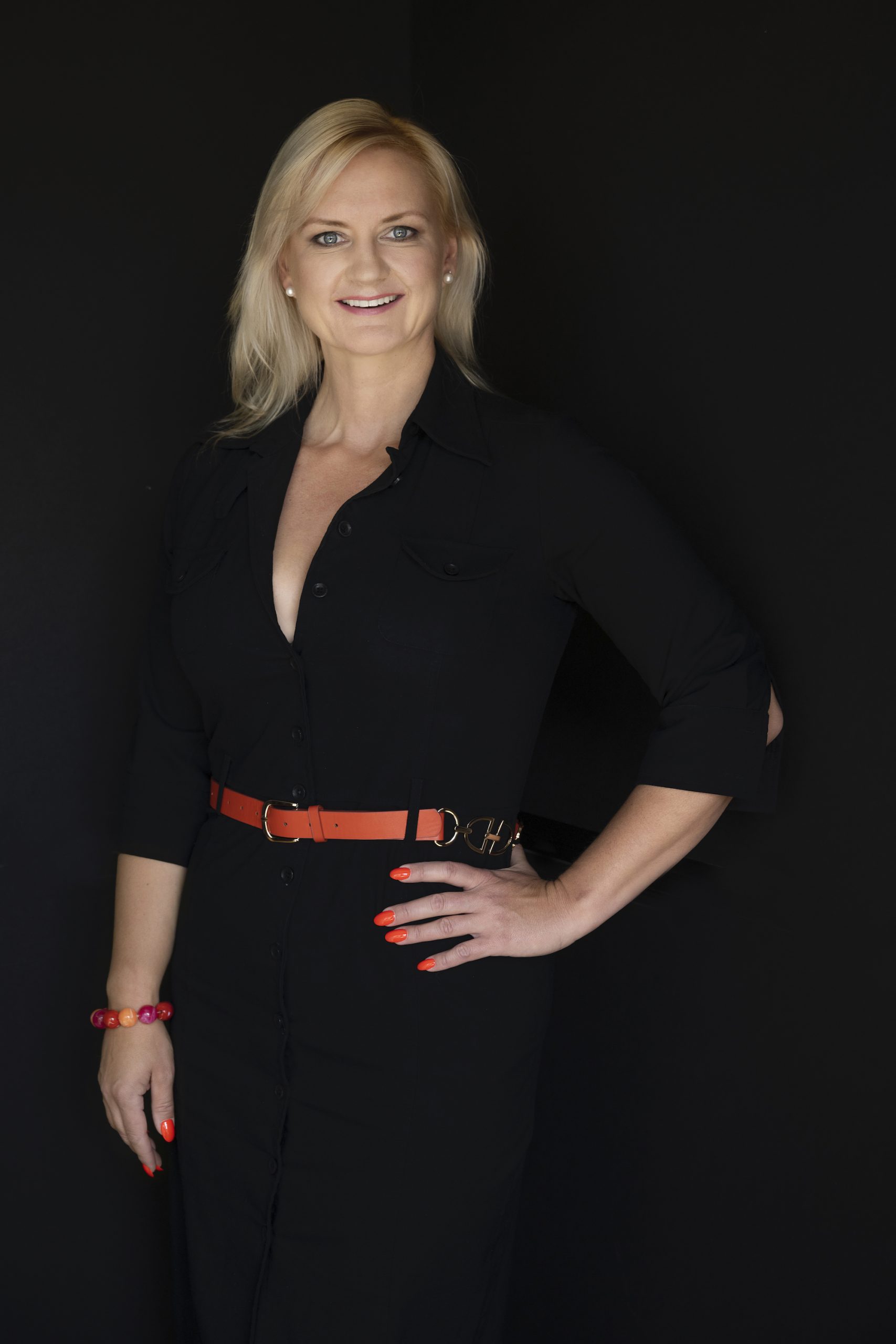
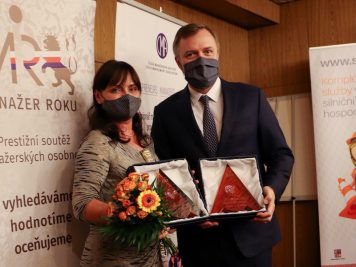
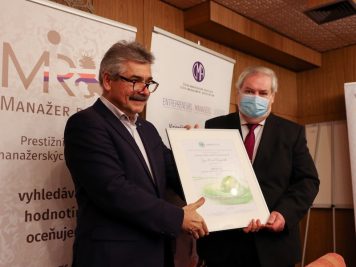
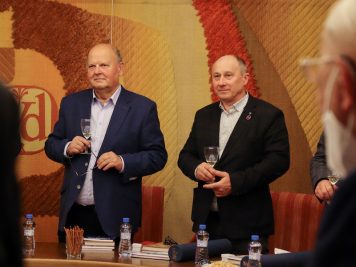
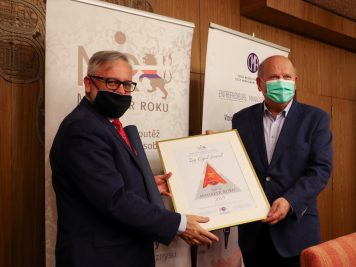
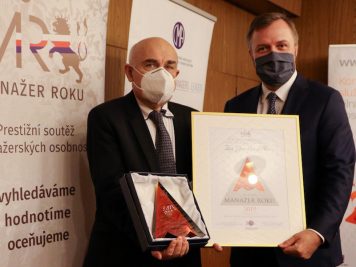
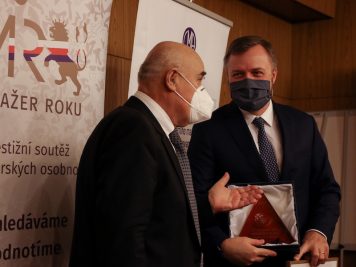
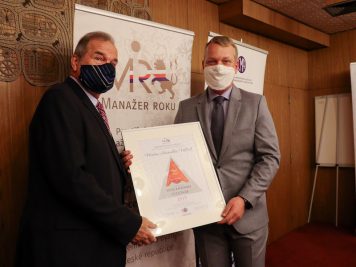
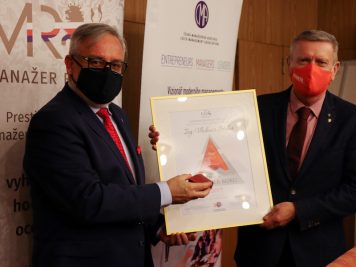
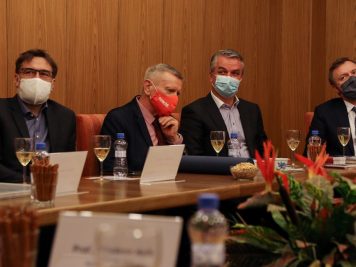
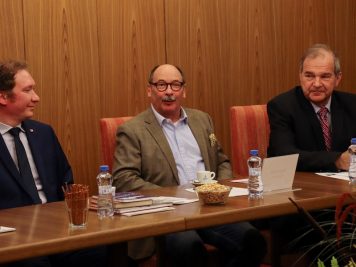
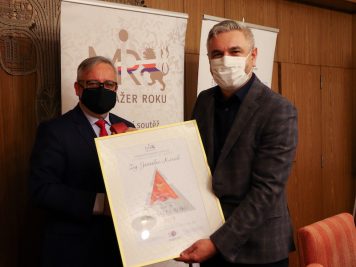
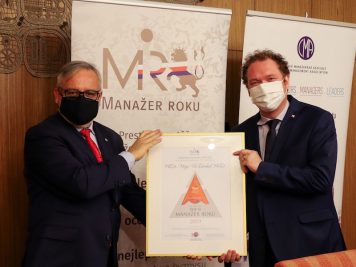
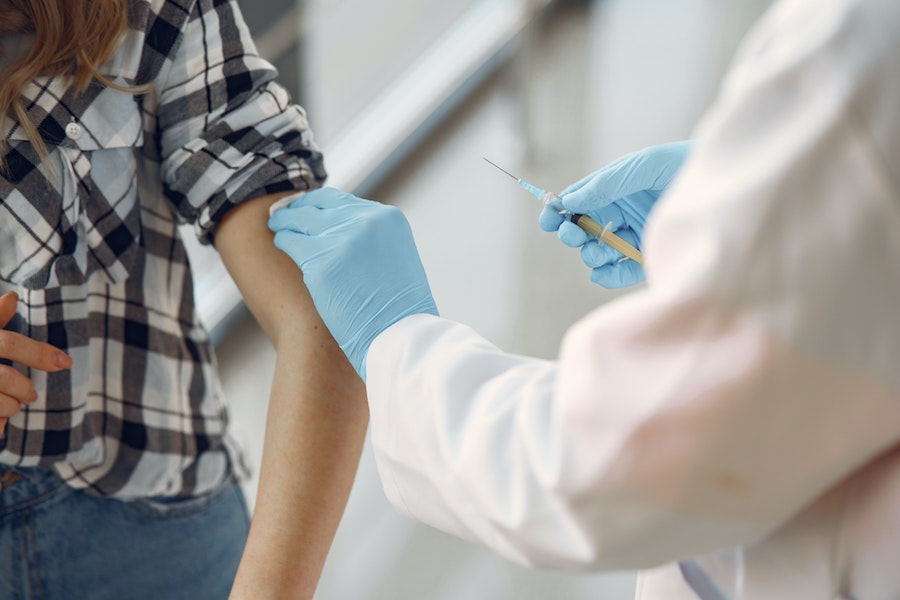
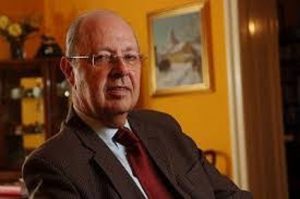
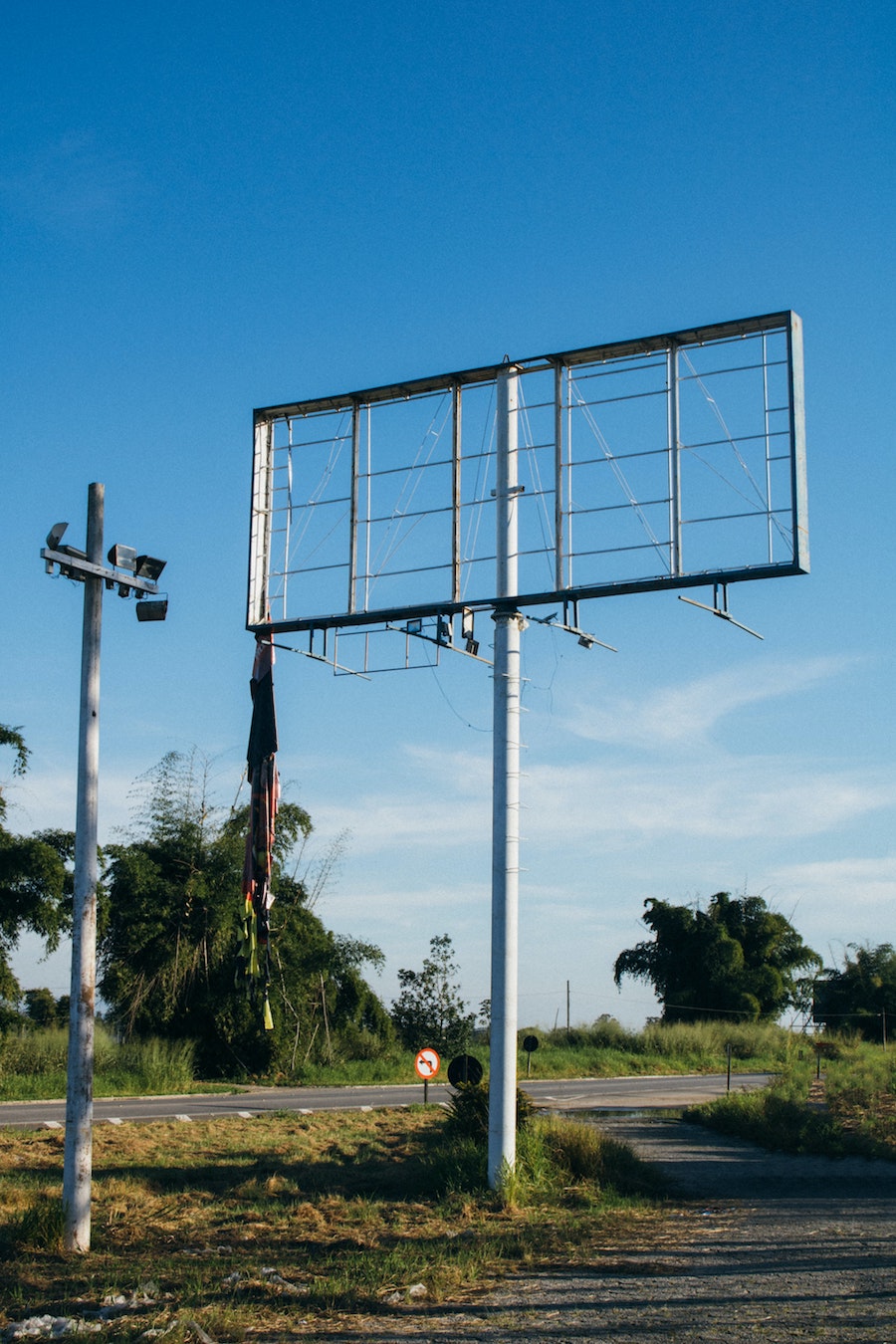


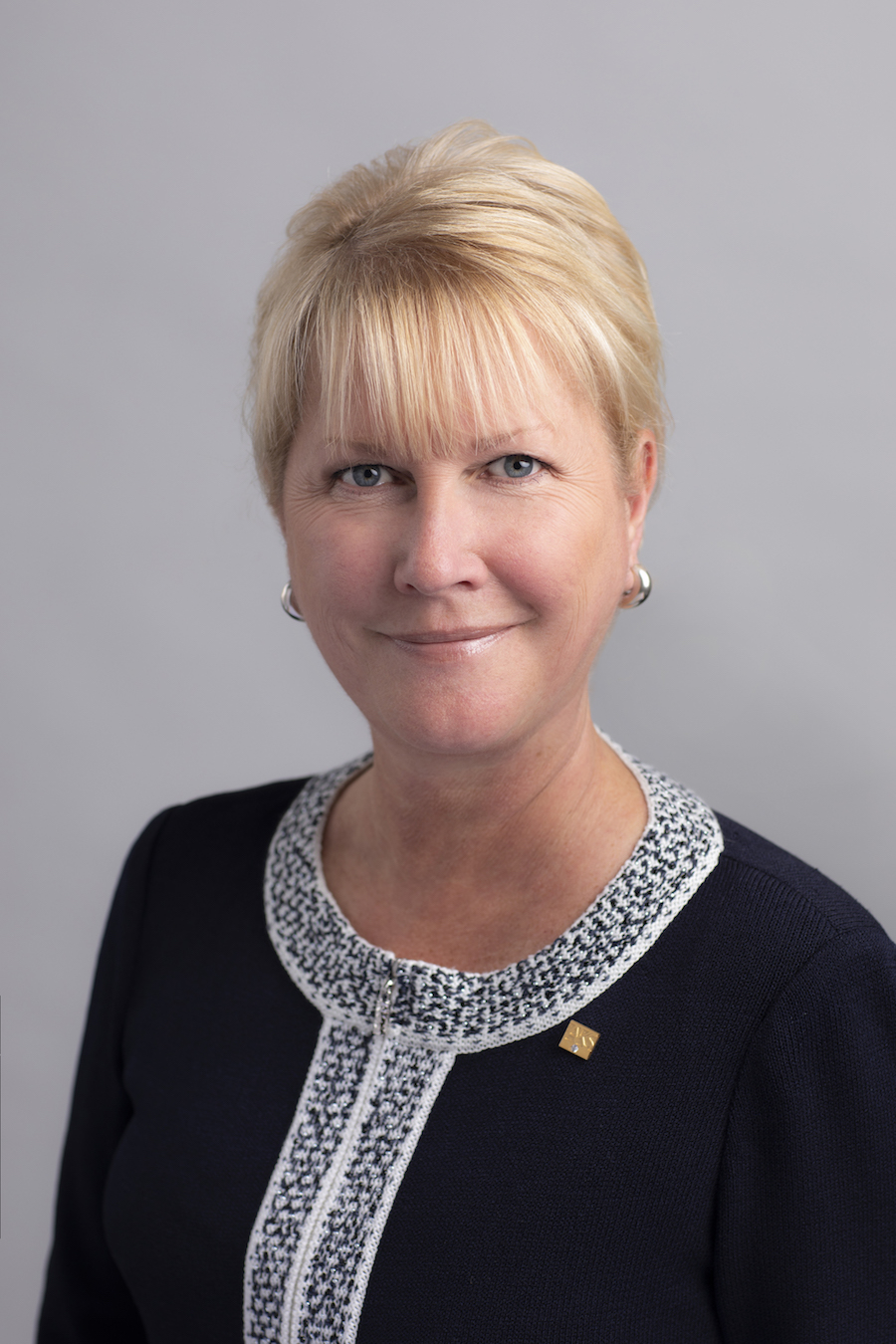




 Audrey Beaulieu of the University of Ottawa (Globalization and International Development Department), specialised in public and private International law, international development and global politics.
Audrey Beaulieu of the University of Ottawa (Globalization and International Development Department), specialised in public and private International law, international development and global politics.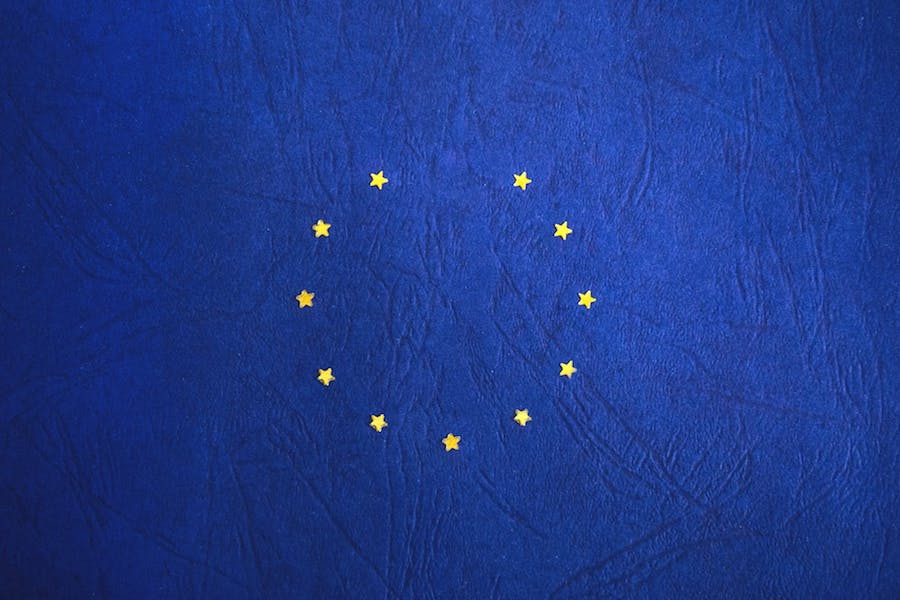
 Nora Wolf, of the Kingston and of University of Geneva is an International Politics & Economics specialist. Her expertise includes Human Rights, Humanitarian Law and International Criminal Law in an inter-disciplinary fashion for the EU and the UN-related think-tanks and FORAs. Currently is attached with the IFIMES Permanent Mission to the UN Geneva as the second alternate.
Nora Wolf, of the Kingston and of University of Geneva is an International Politics & Economics specialist. Her expertise includes Human Rights, Humanitarian Law and International Criminal Law in an inter-disciplinary fashion for the EU and the UN-related think-tanks and FORAs. Currently is attached with the IFIMES Permanent Mission to the UN Geneva as the second alternate.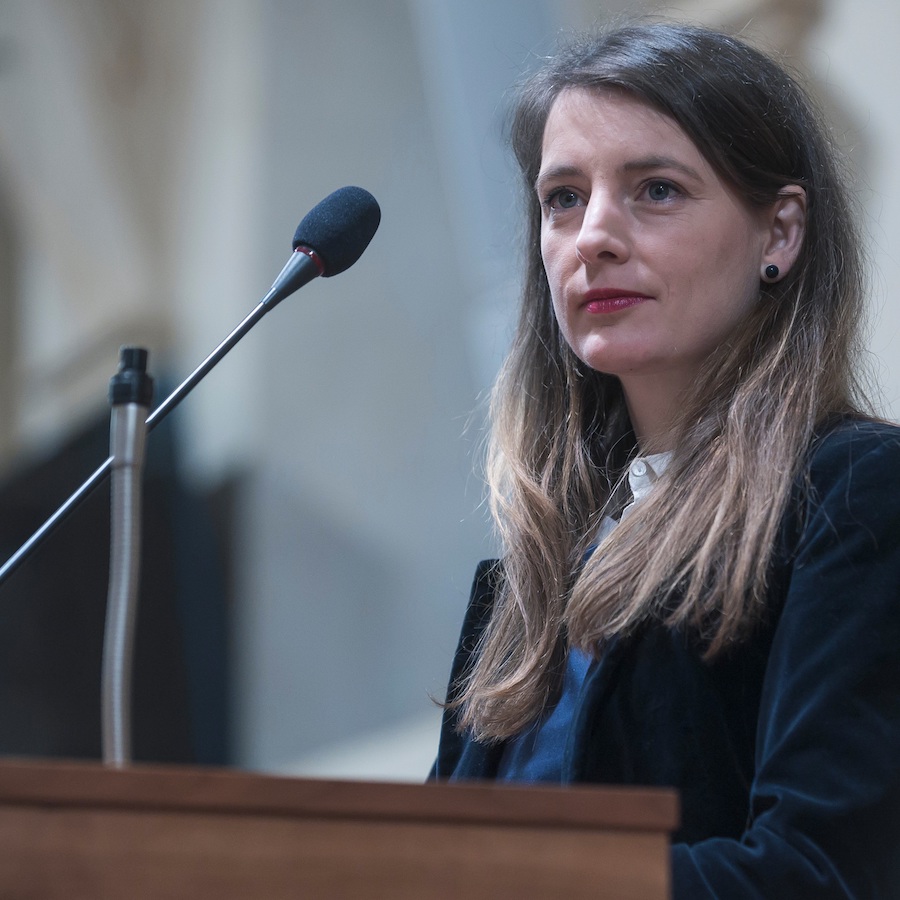
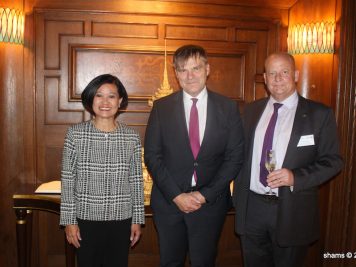
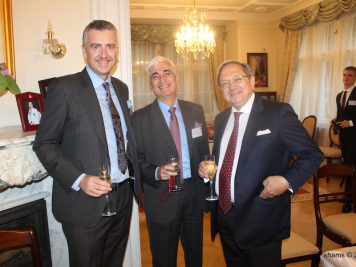















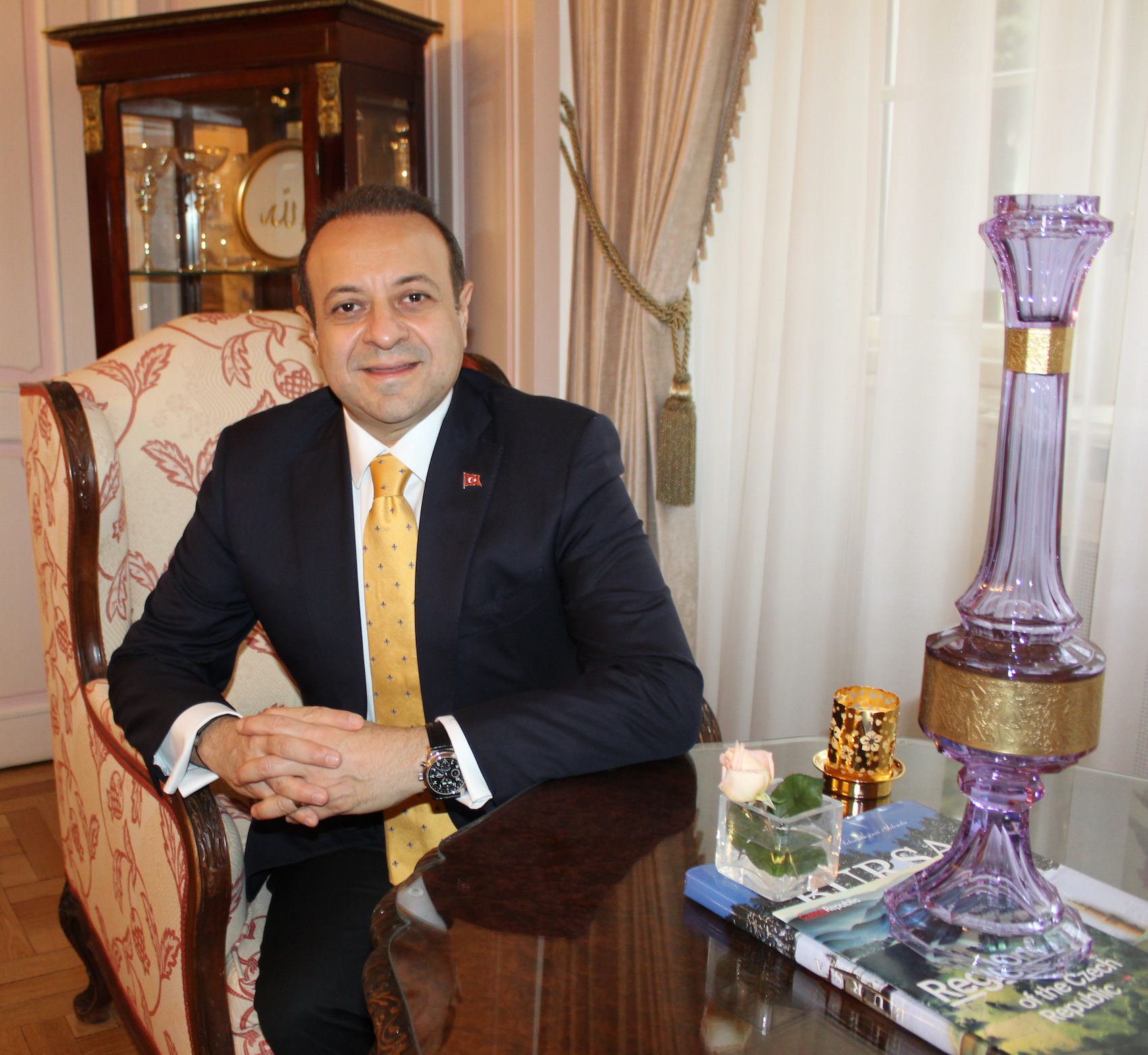
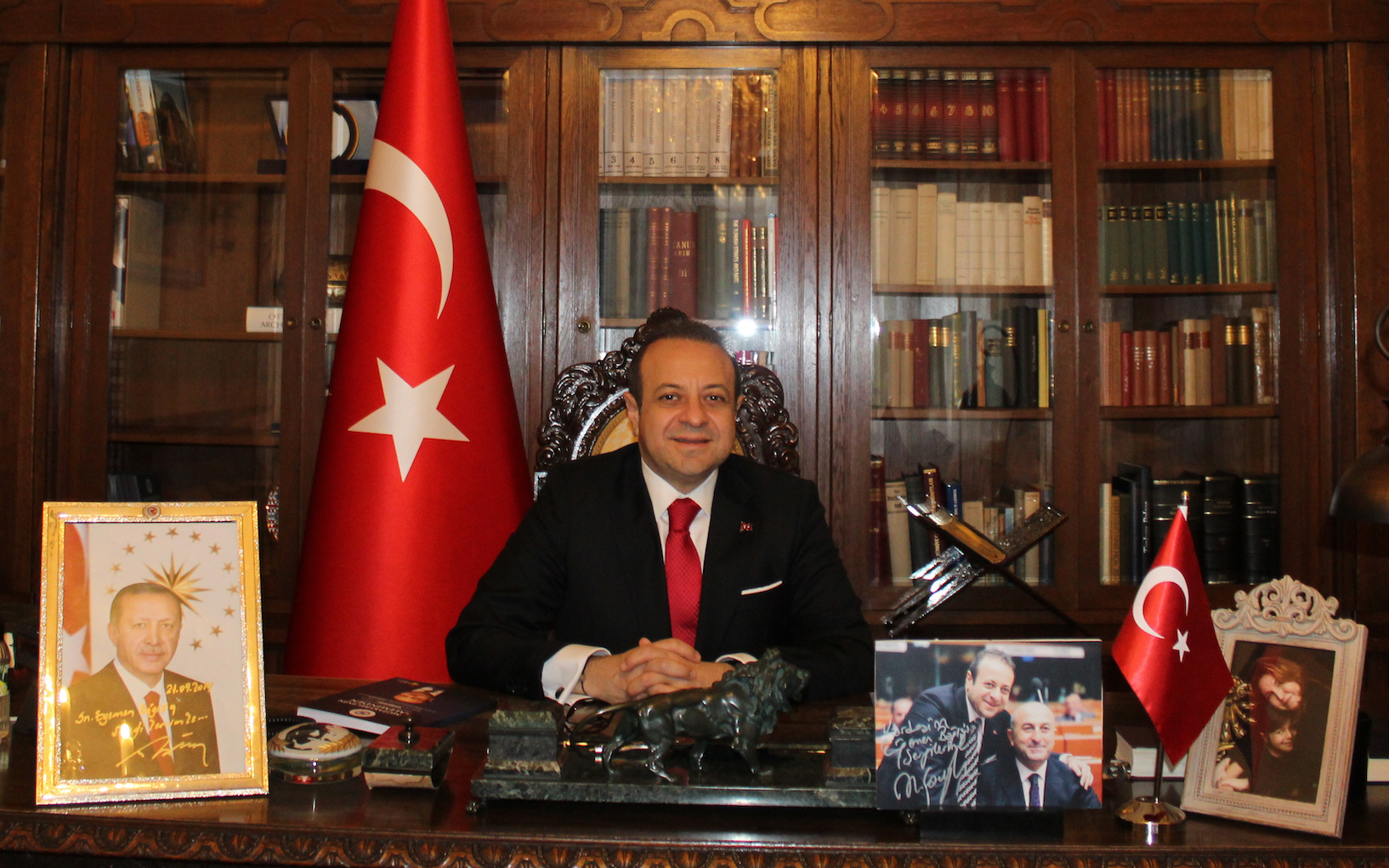
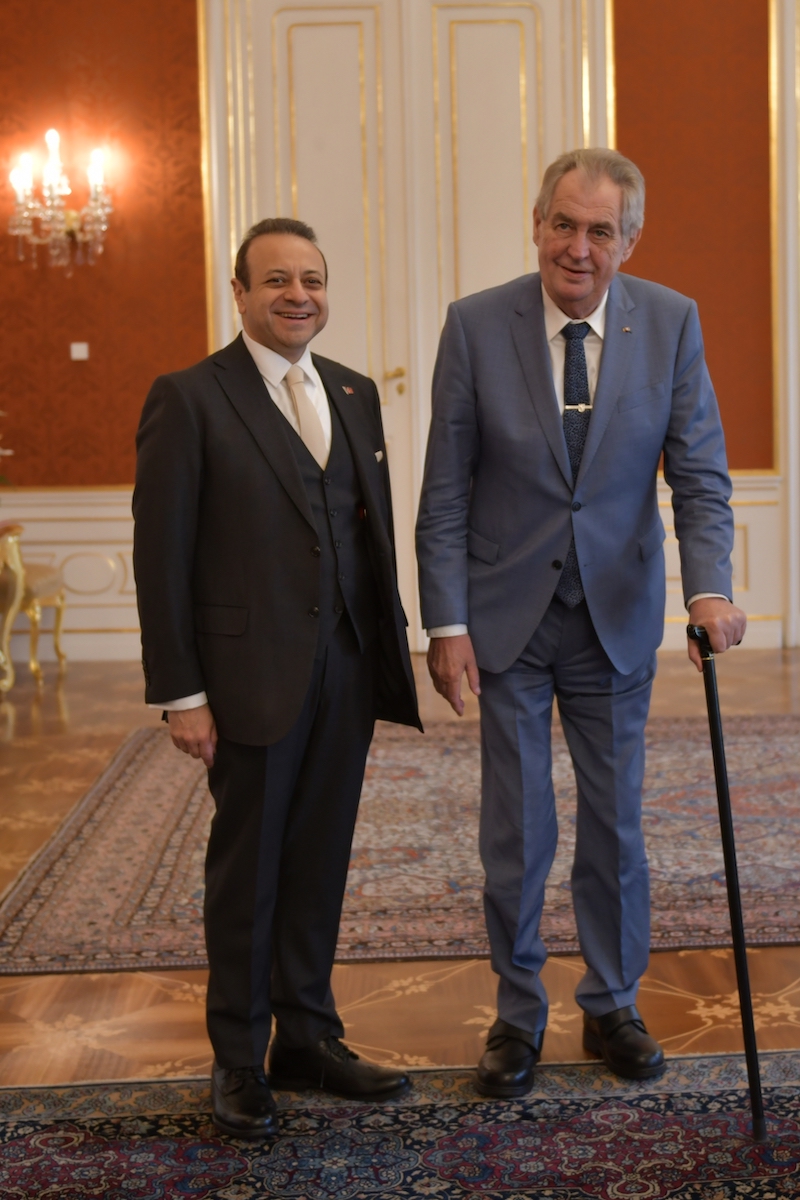
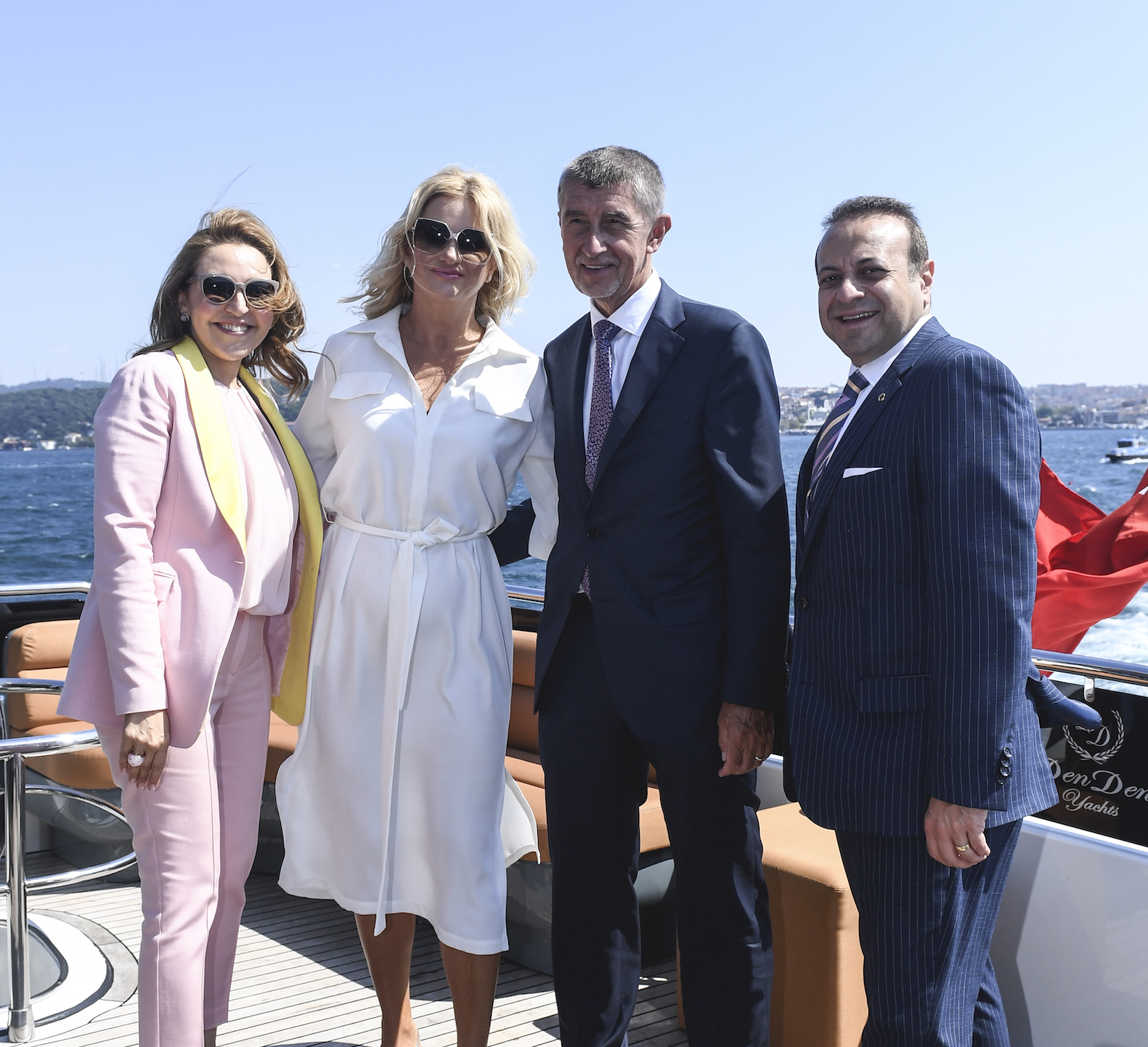


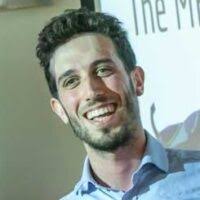 Guido Lanfranchi is an international affairs specialist based in Den Haag. He studied at the Dutch Leiden University and Sciences Po Paris, and is attached to the Council of the European Union in Brussels. His research focuses on the EU, Euro-MED and Africa.
Guido Lanfranchi is an international affairs specialist based in Den Haag. He studied at the Dutch Leiden University and Sciences Po Paris, and is attached to the Council of the European Union in Brussels. His research focuses on the EU, Euro-MED and Africa.